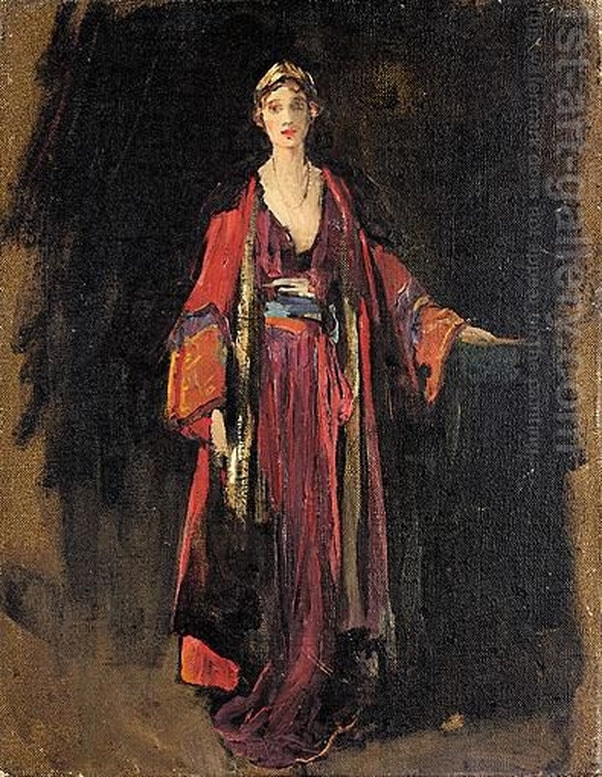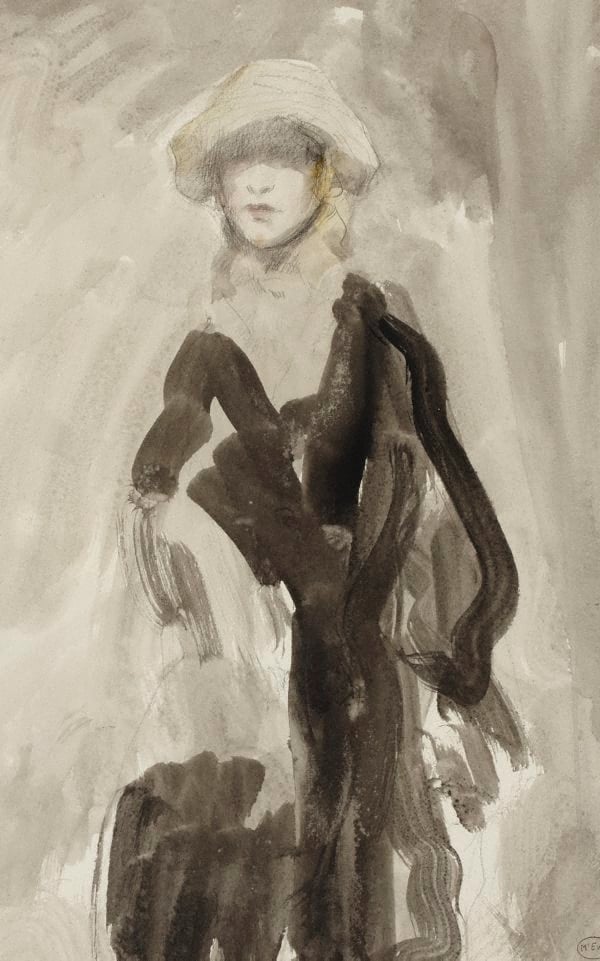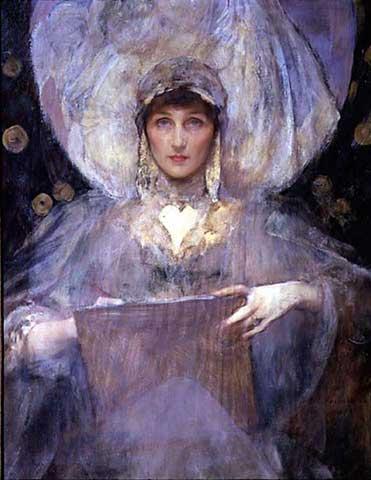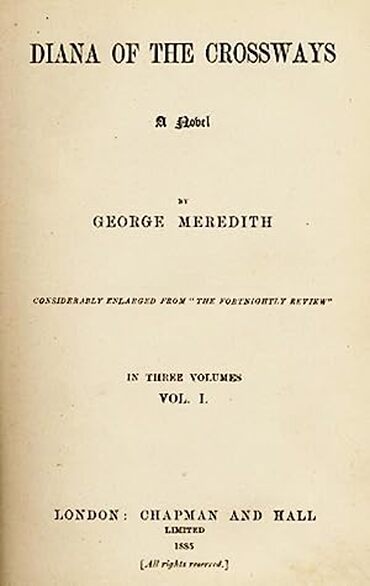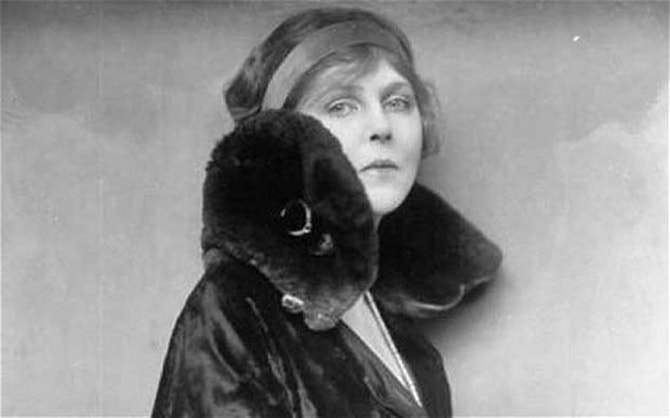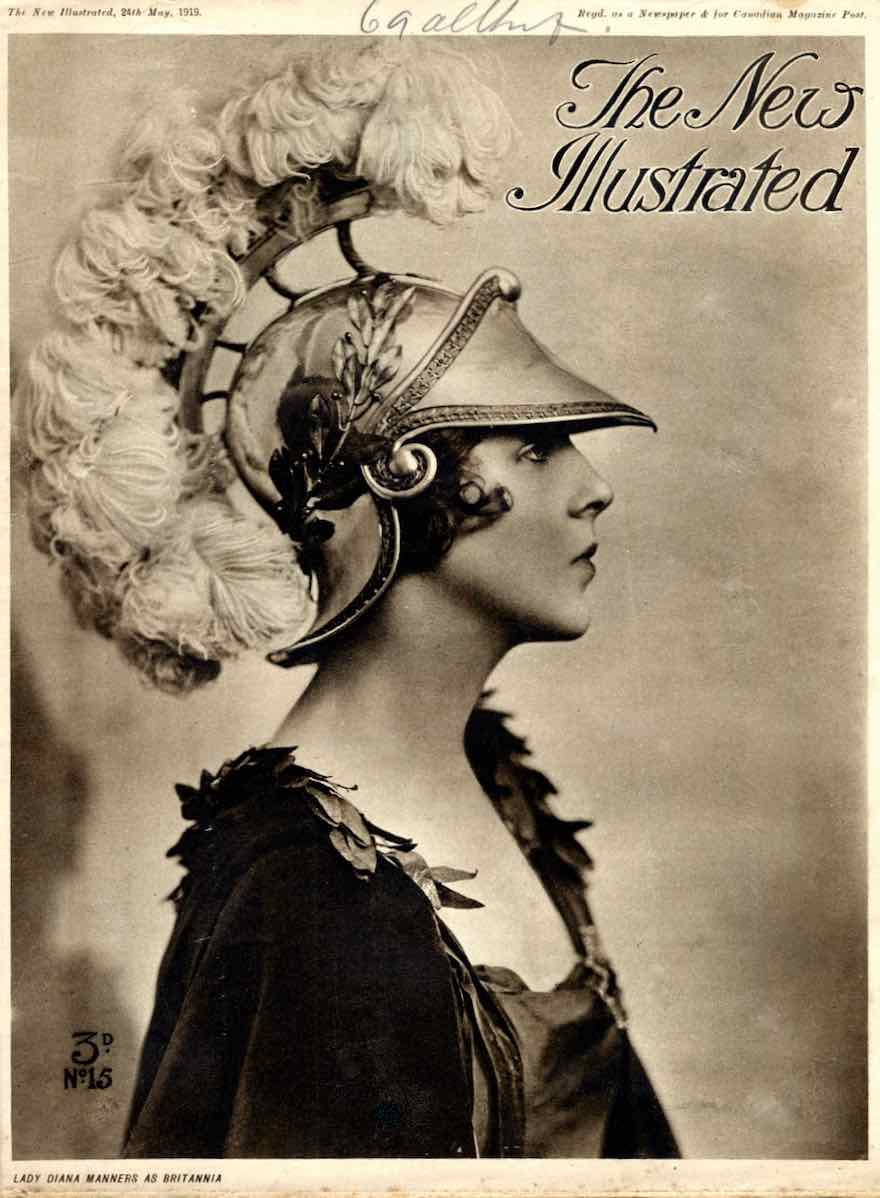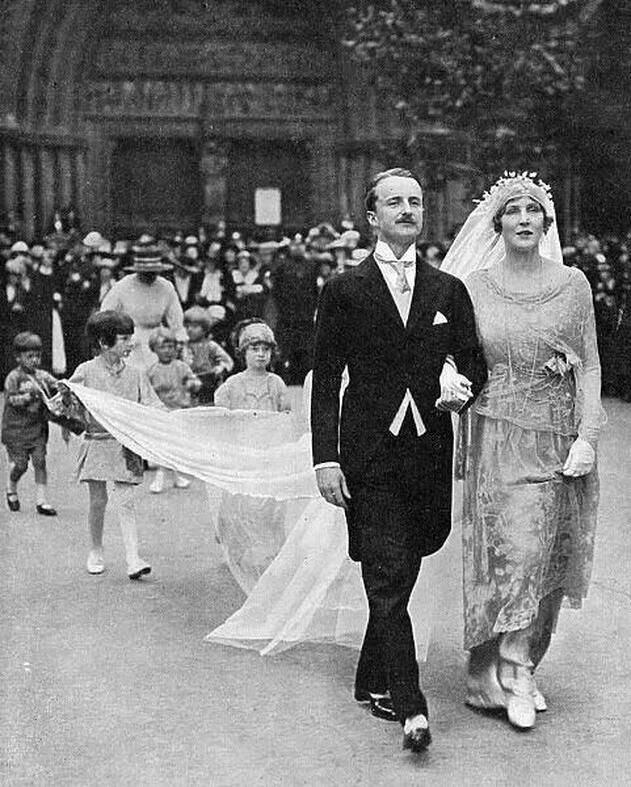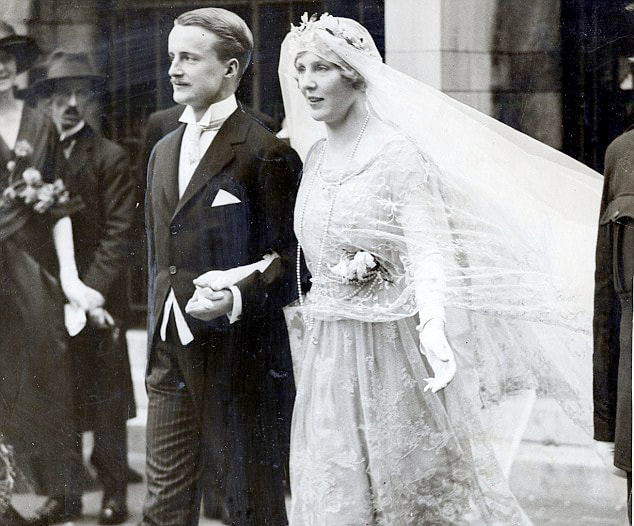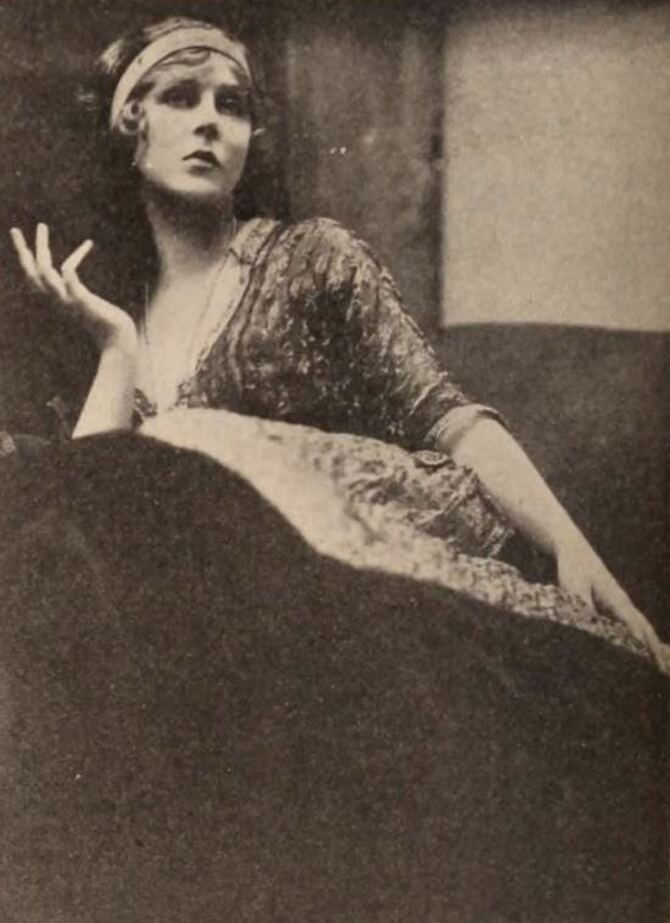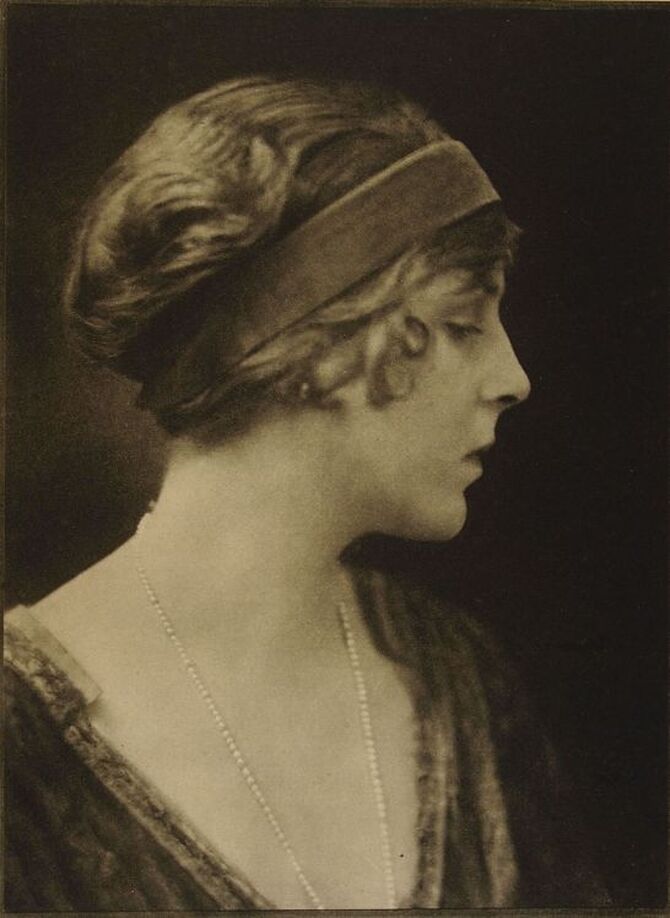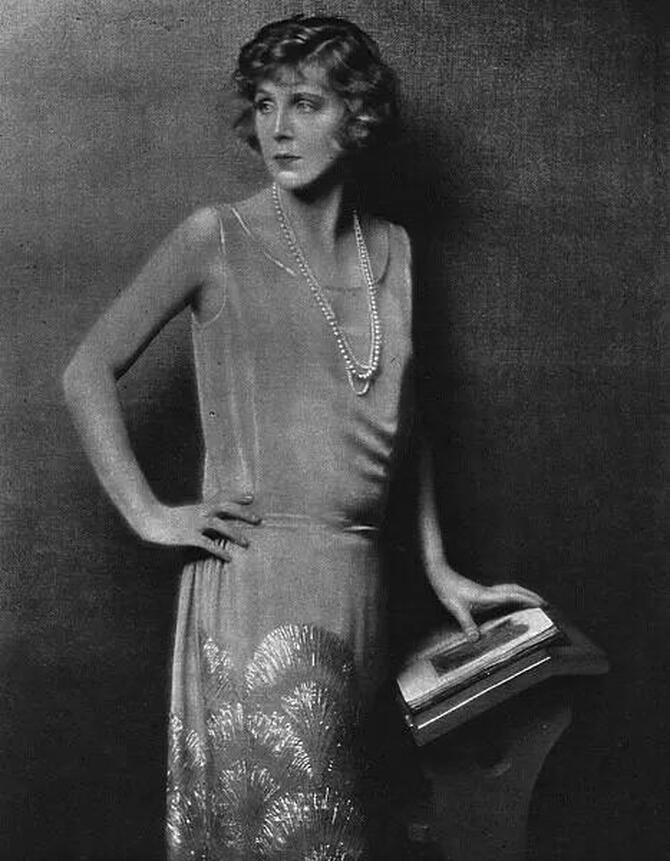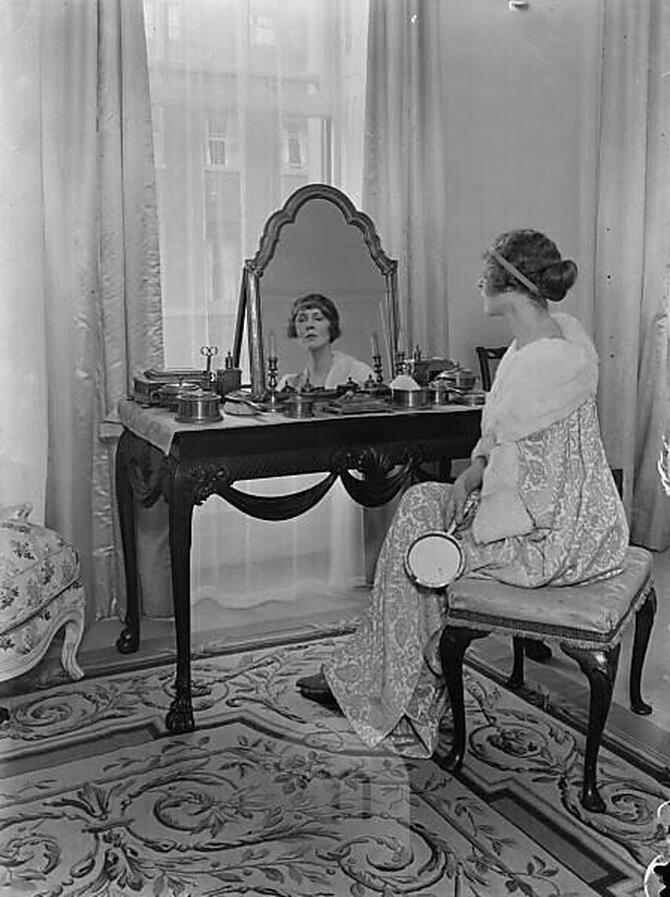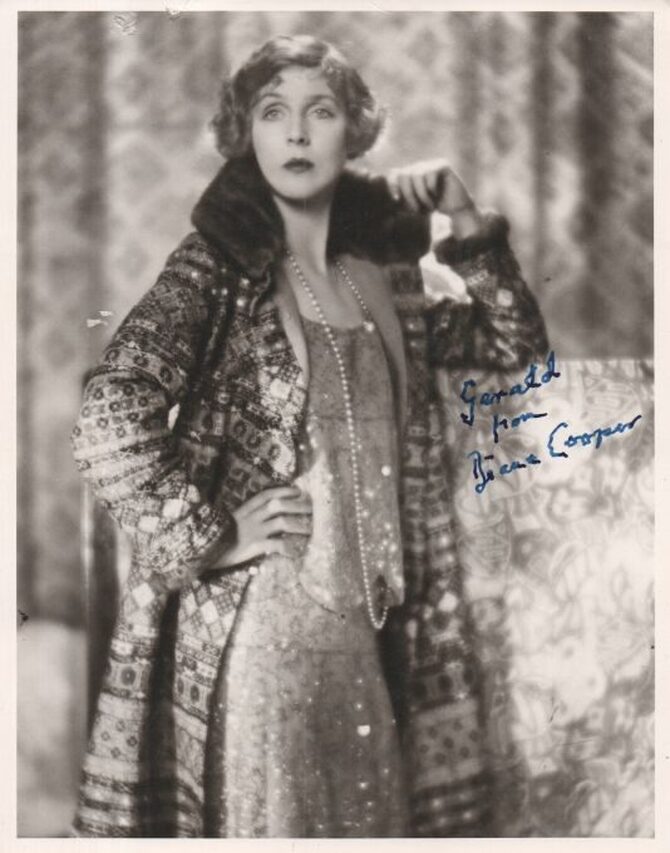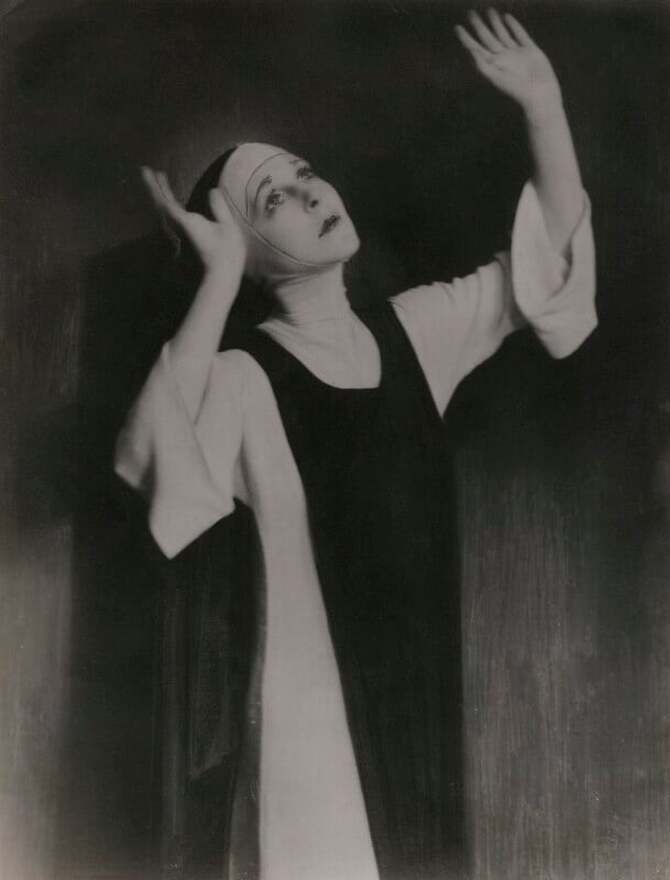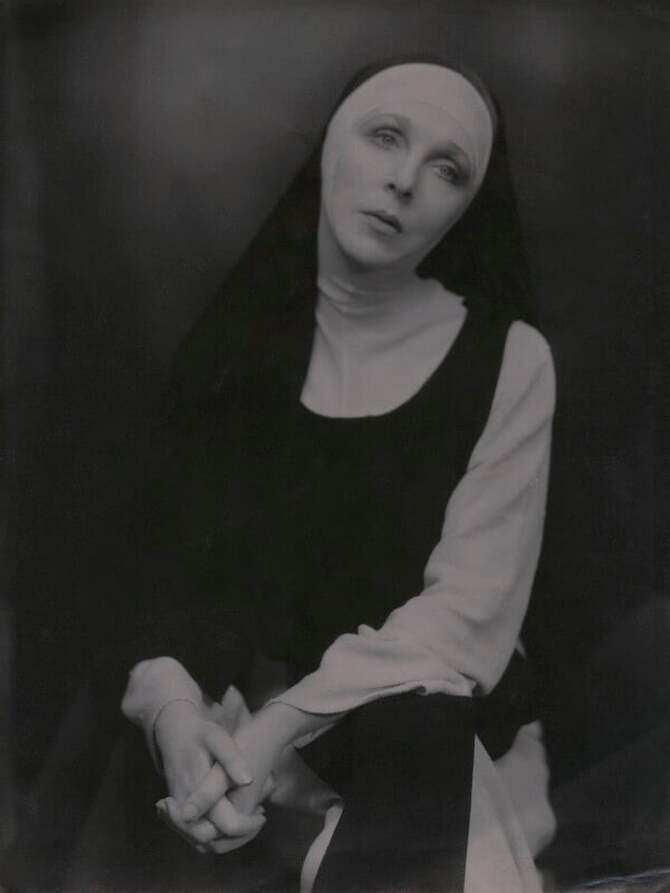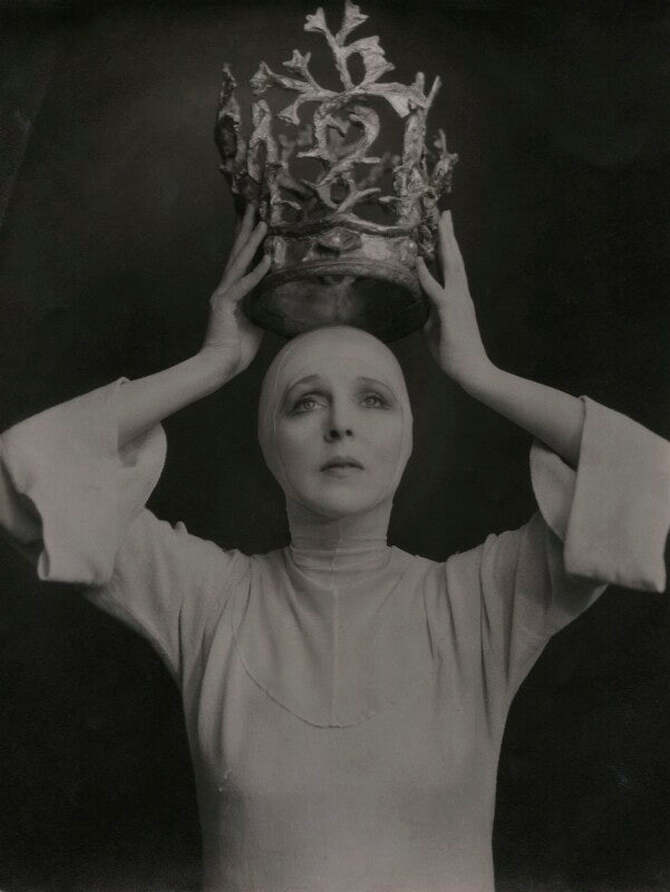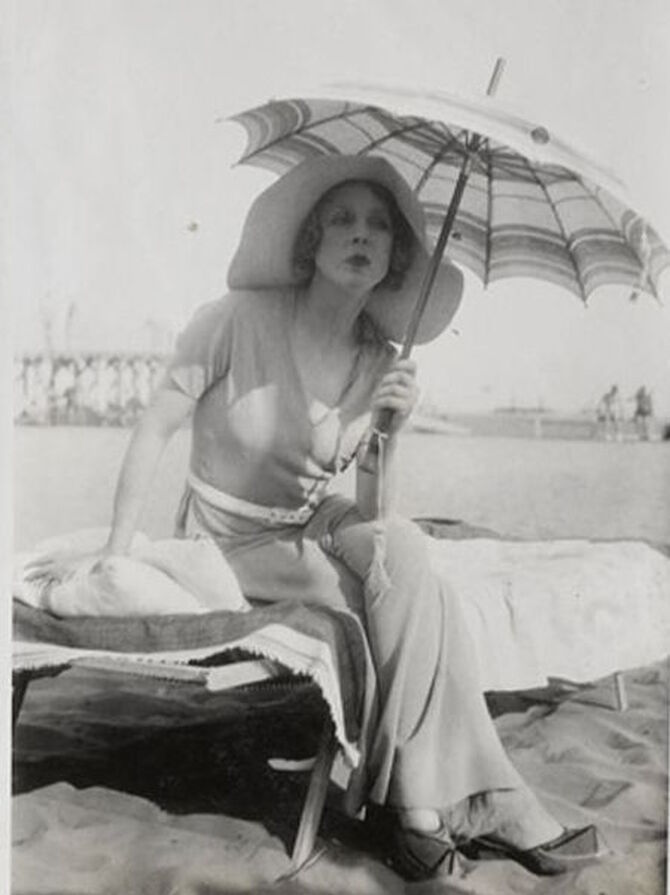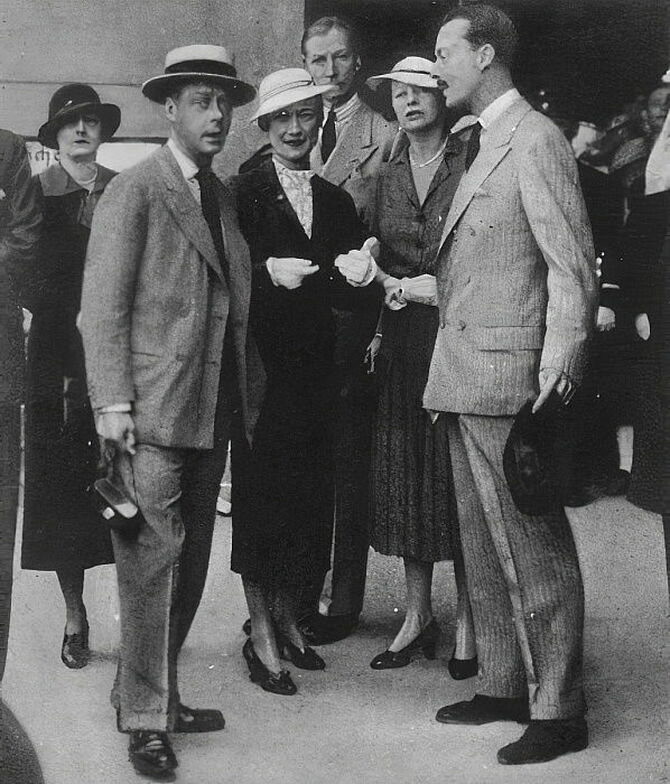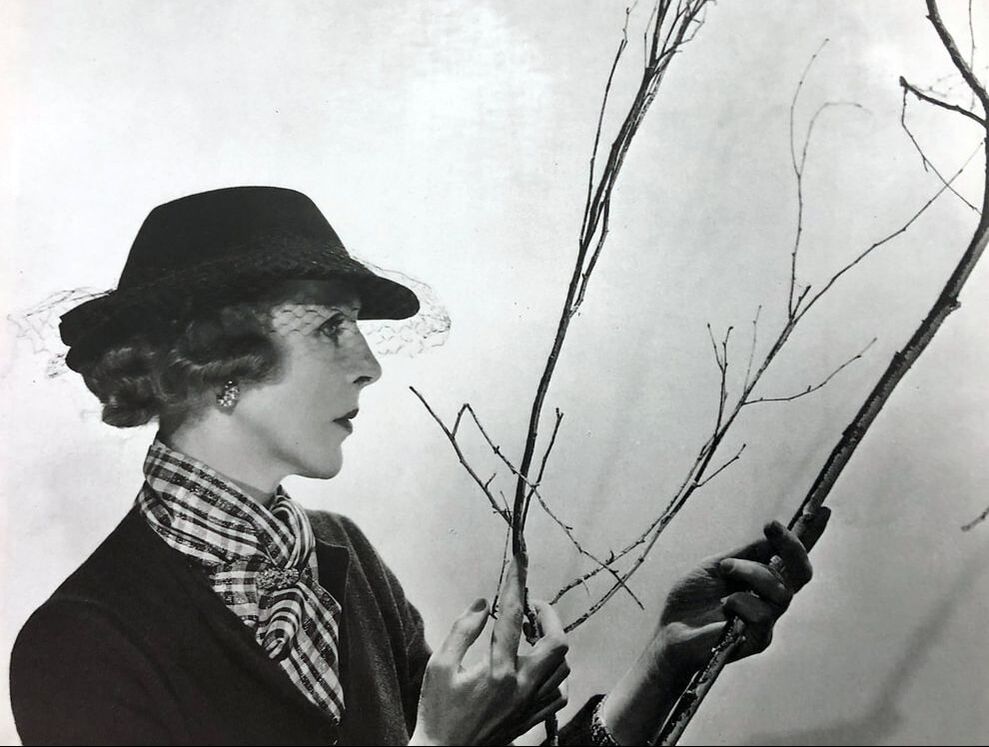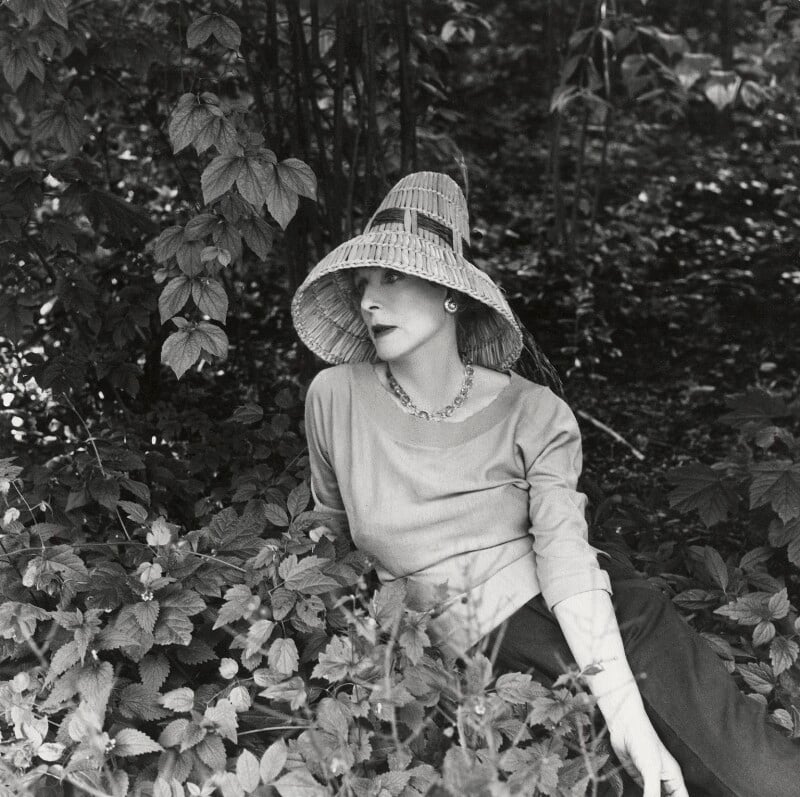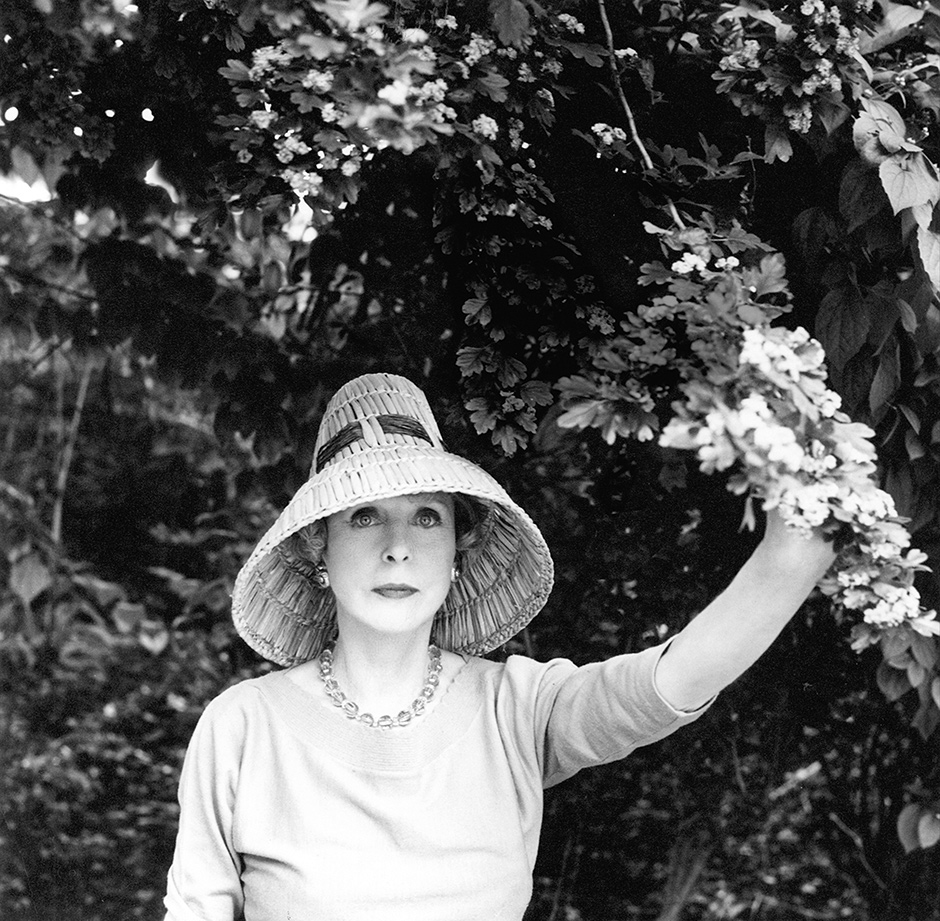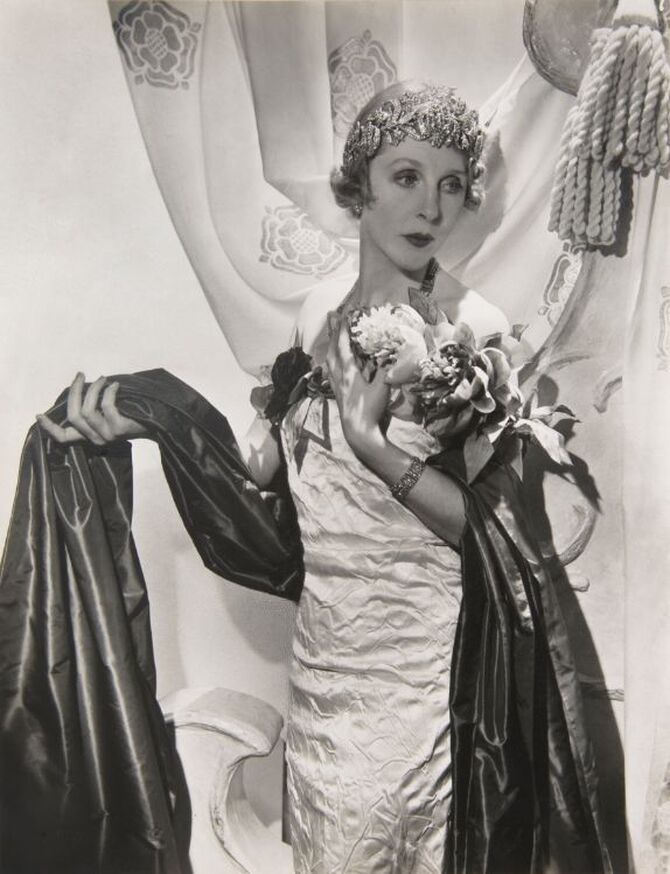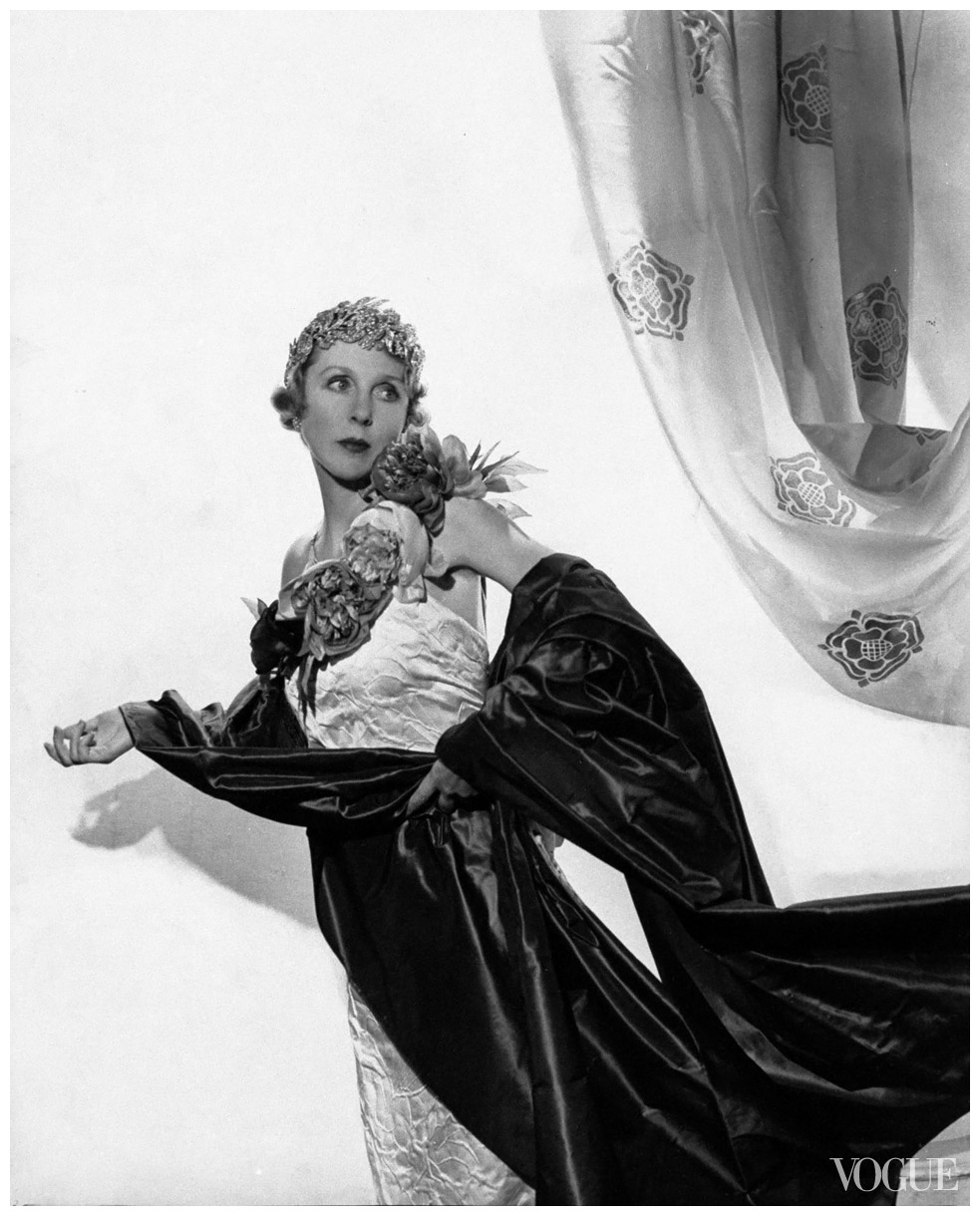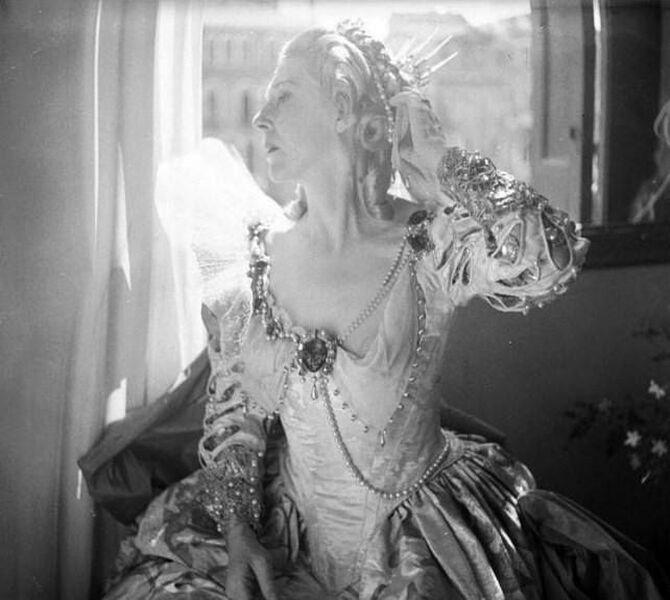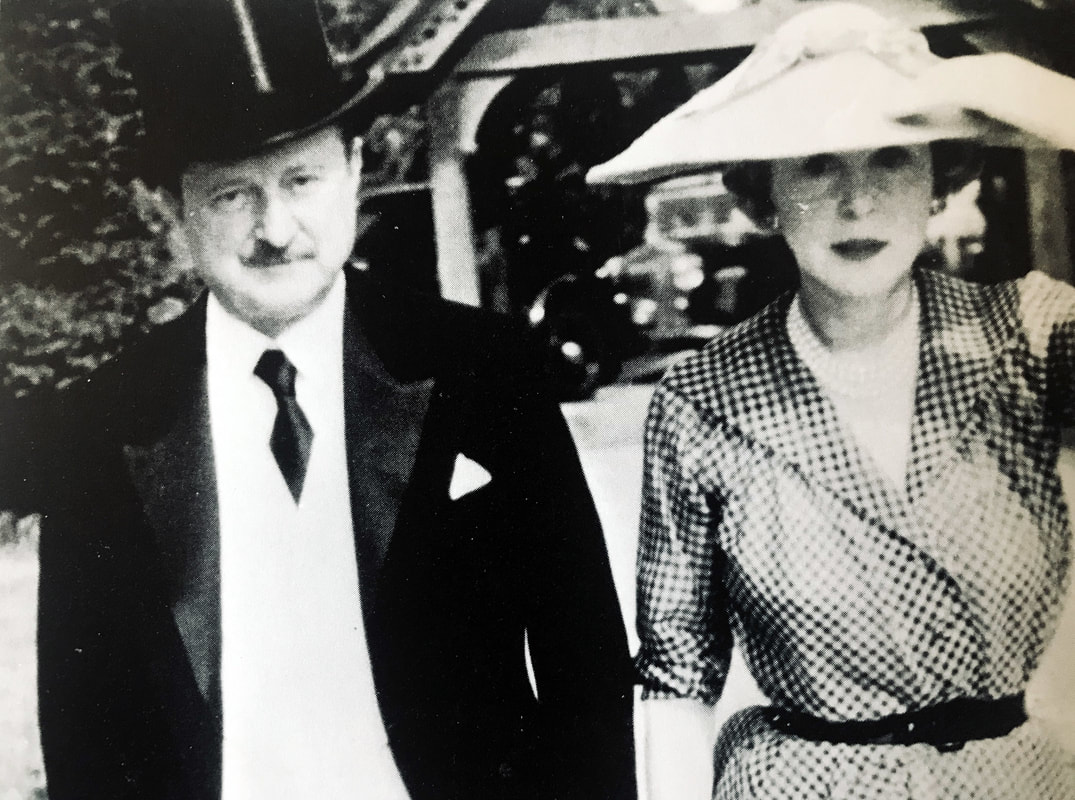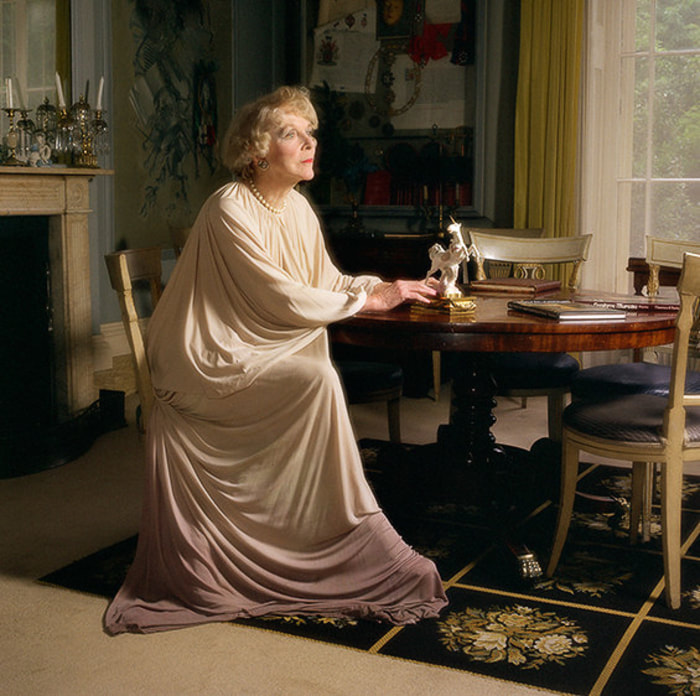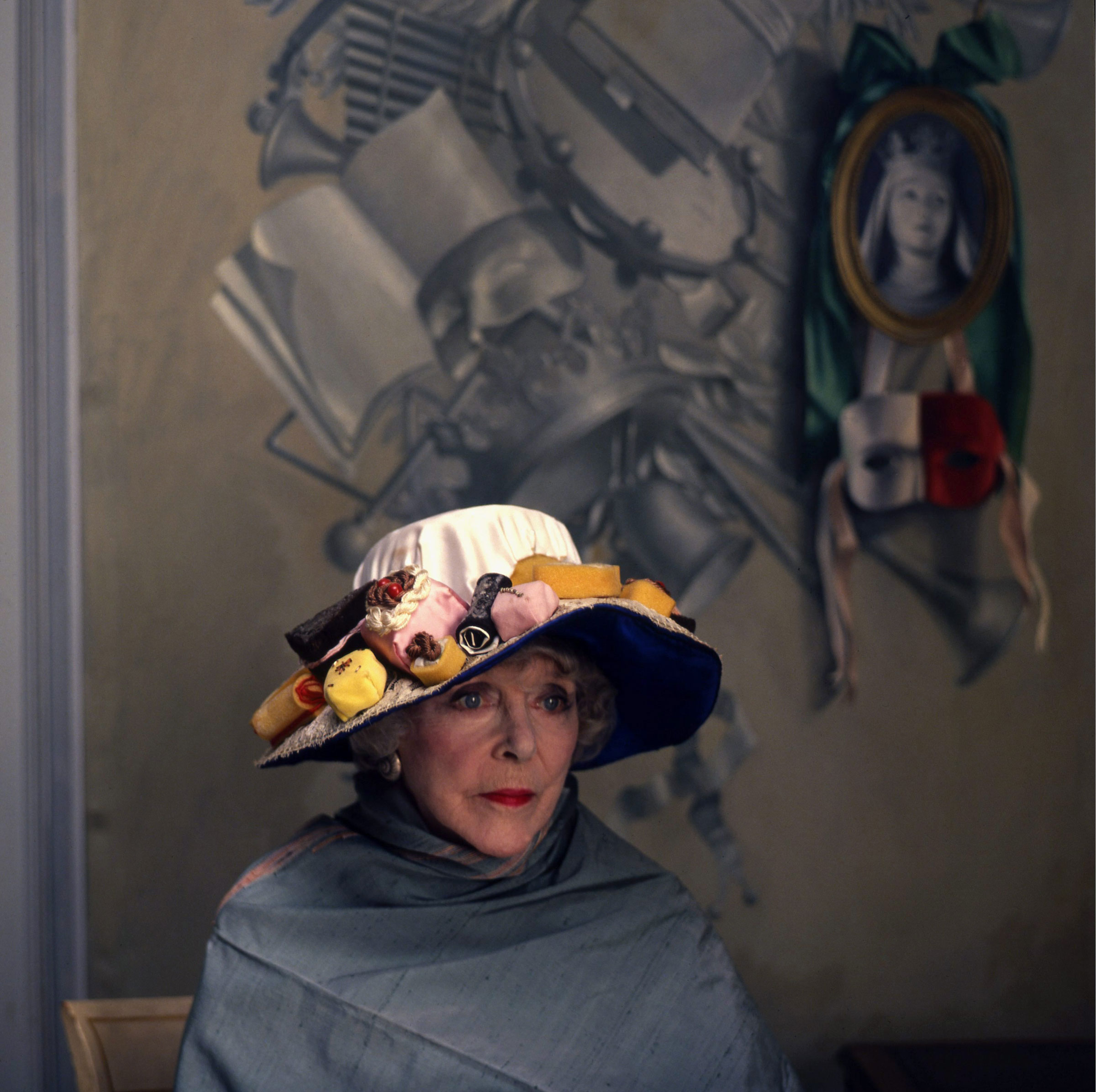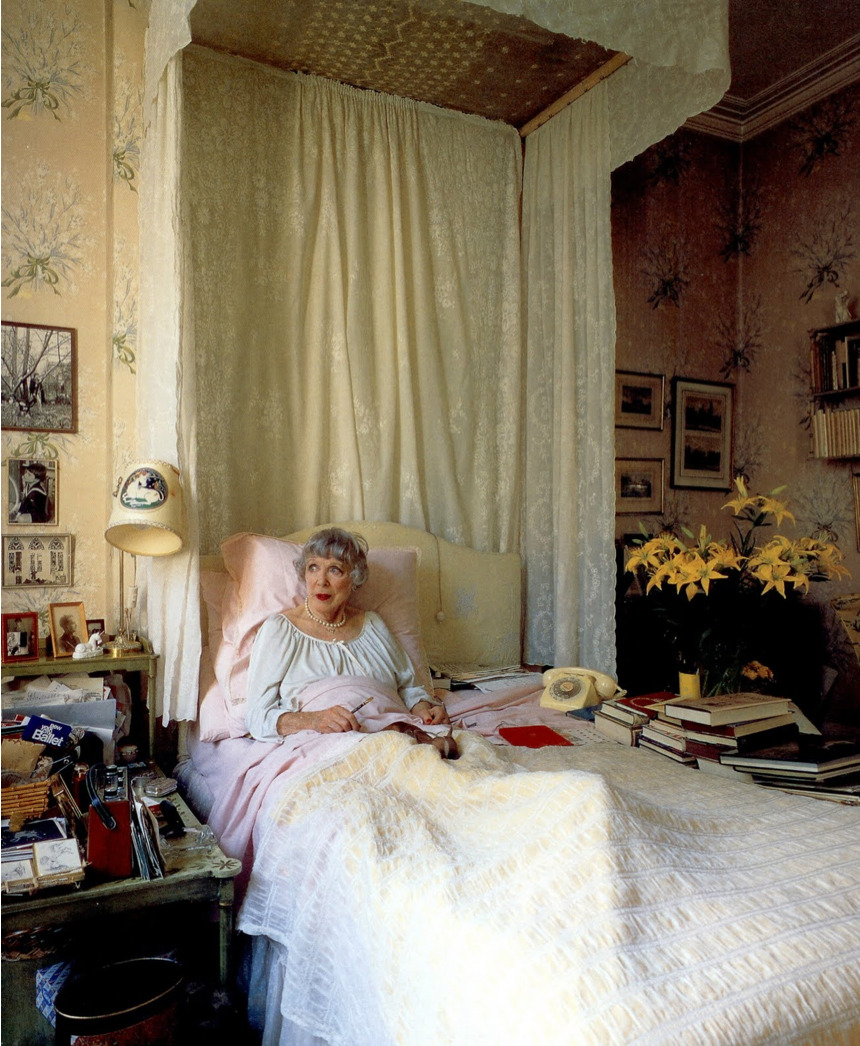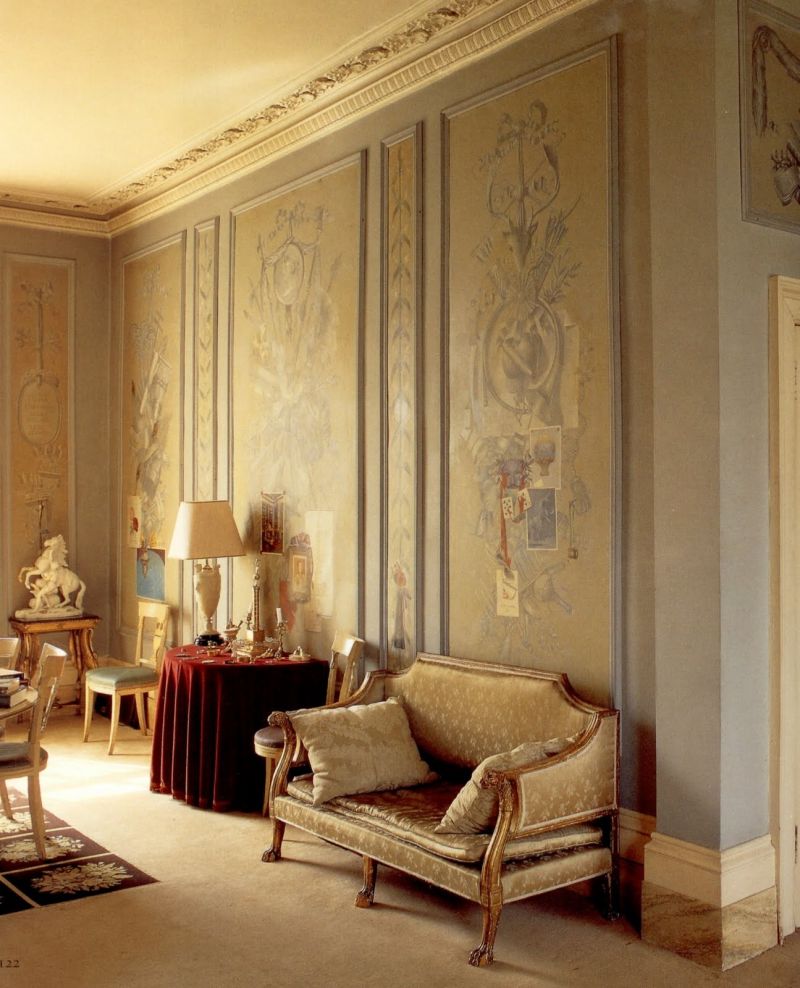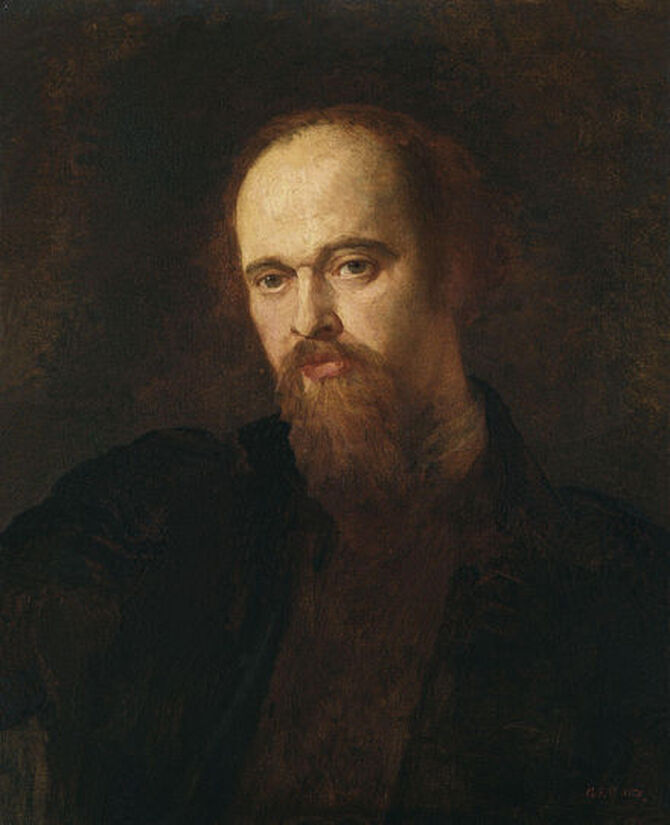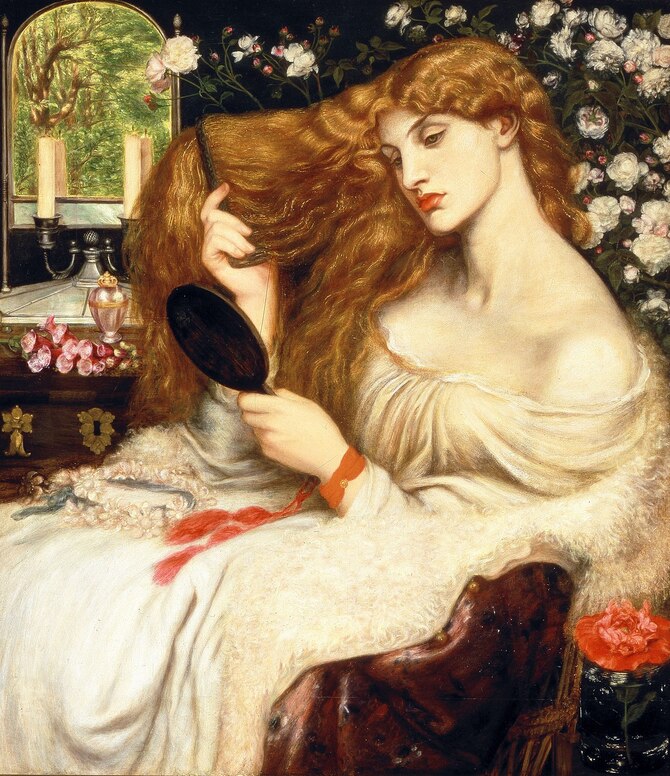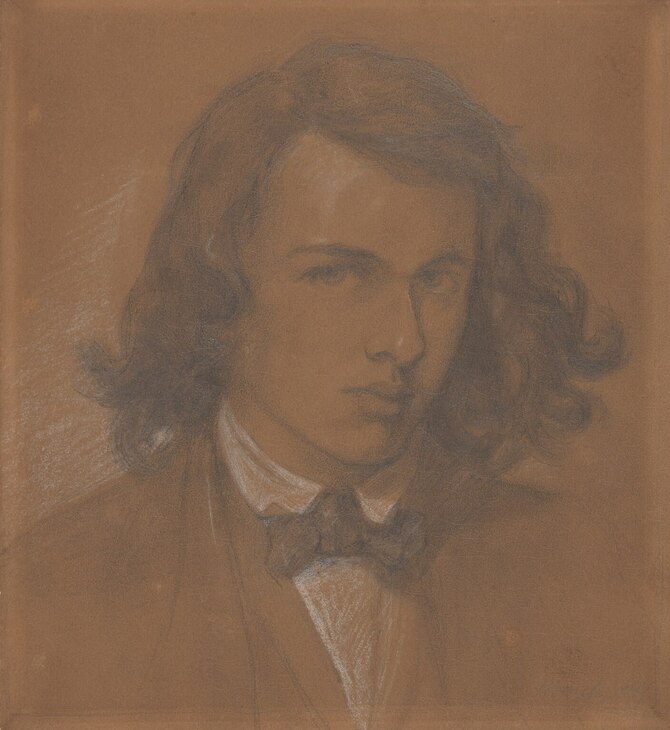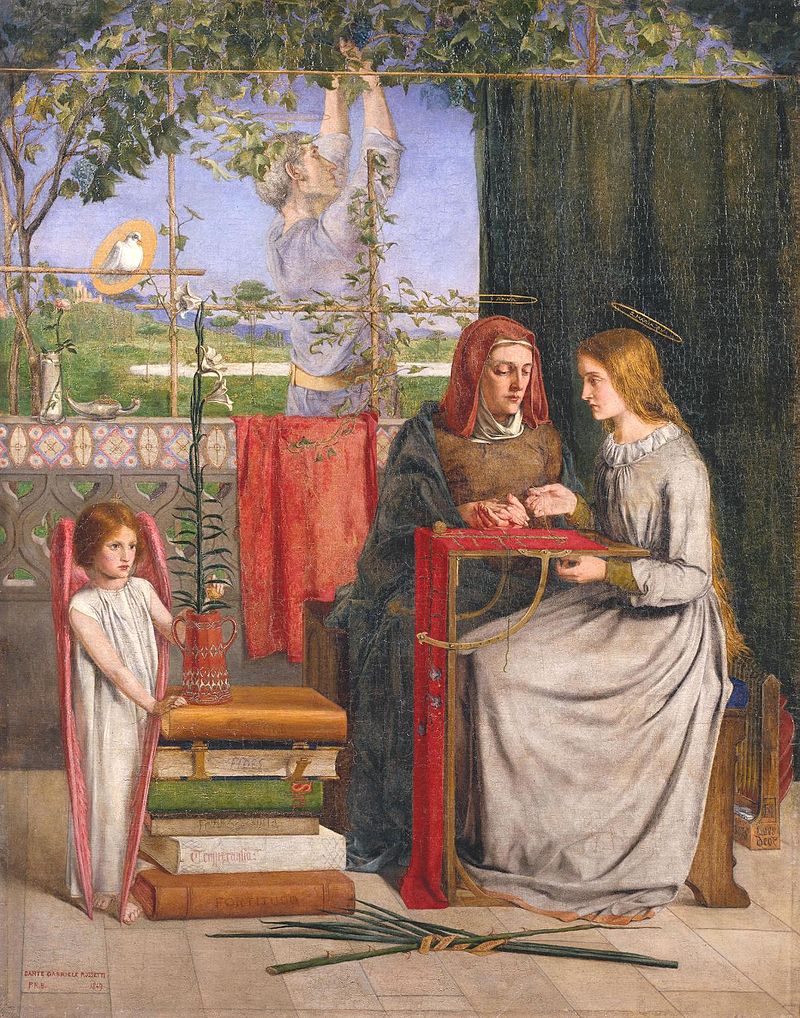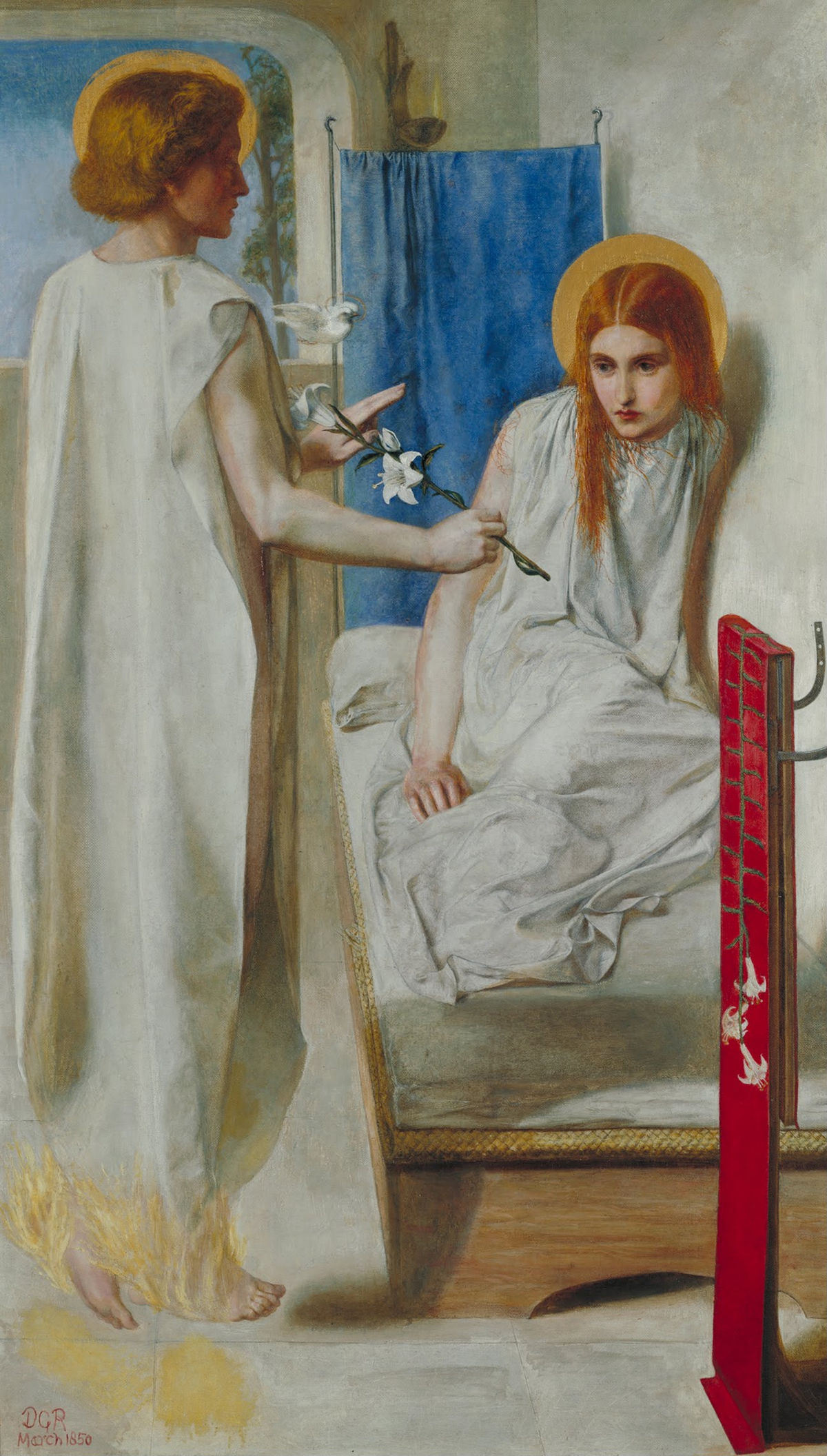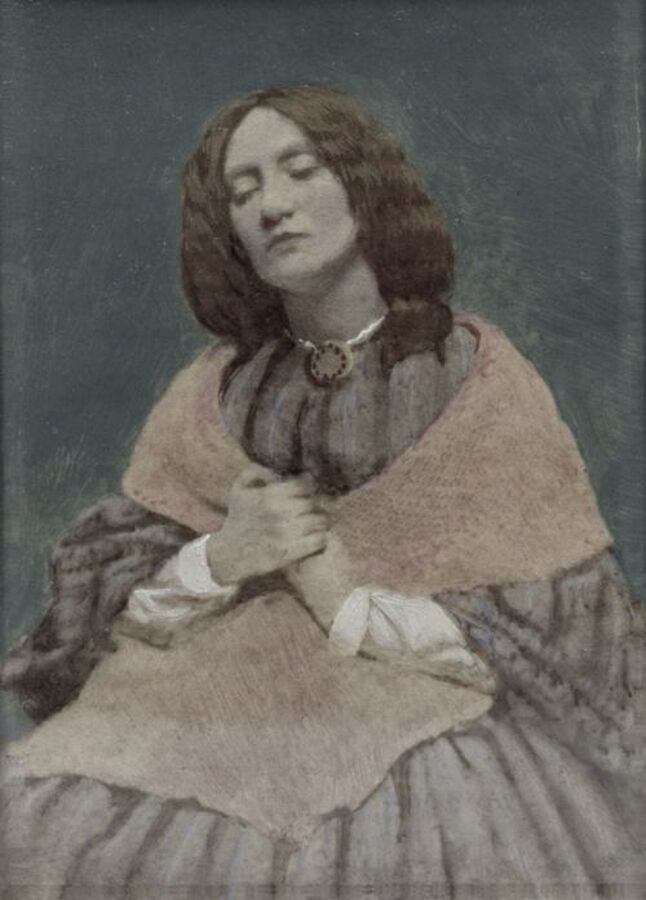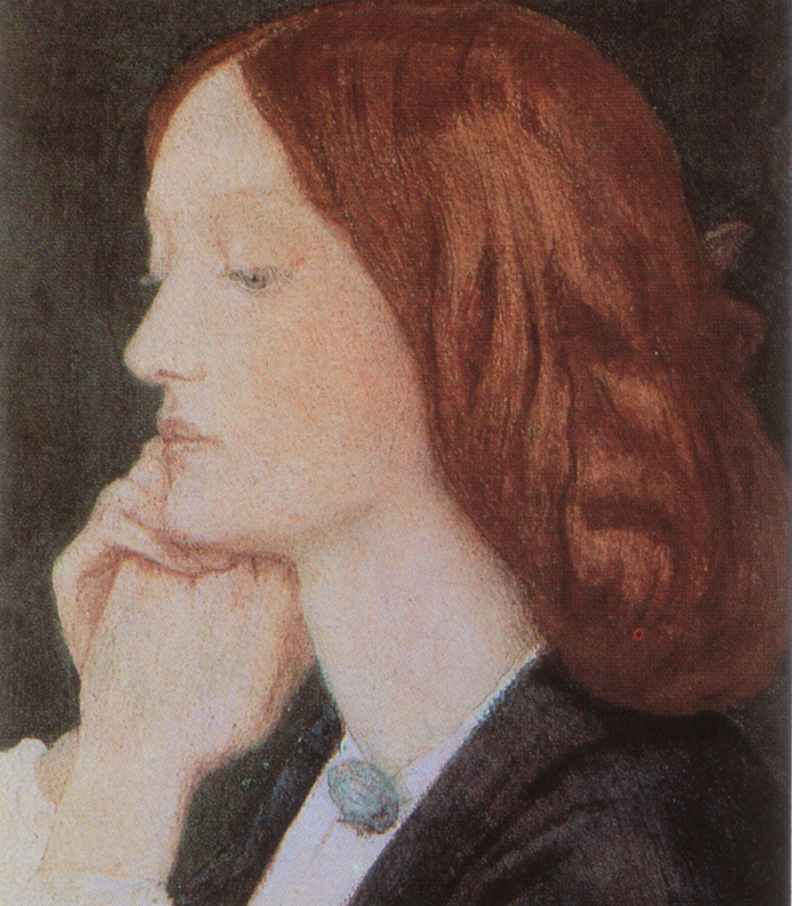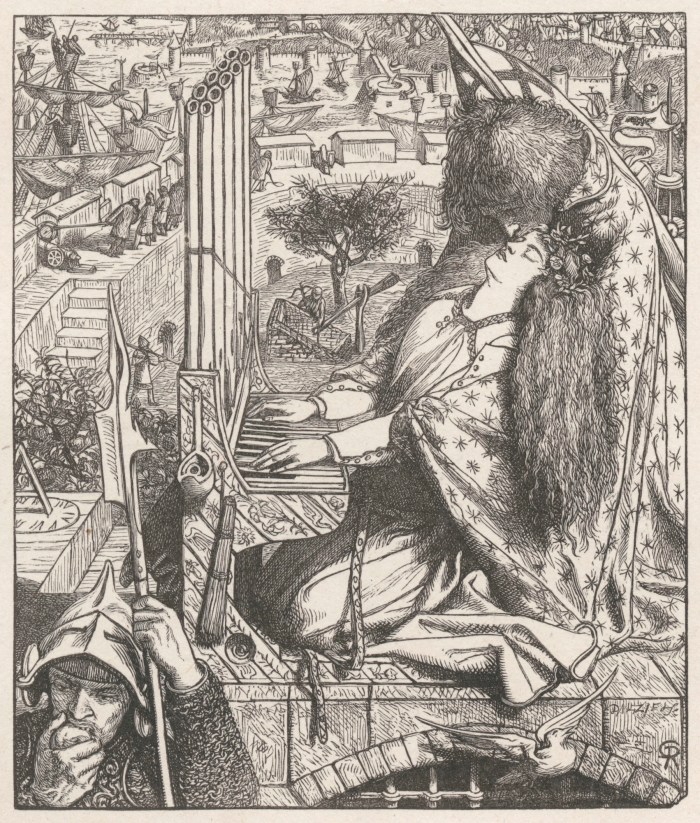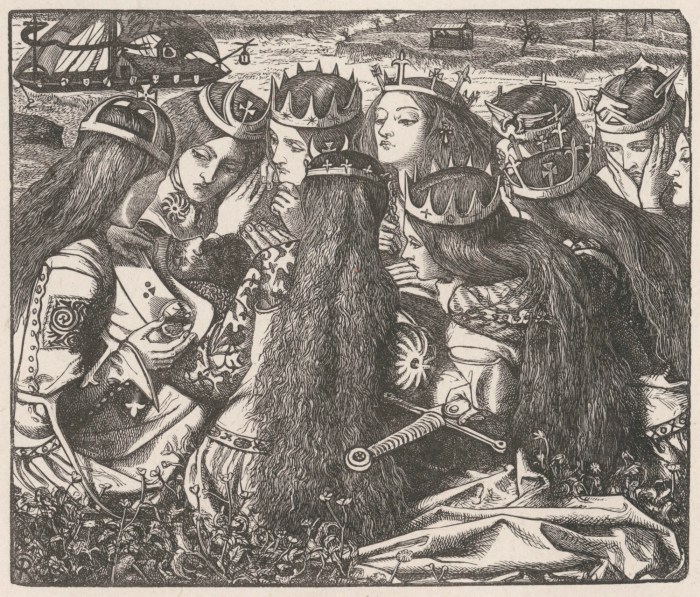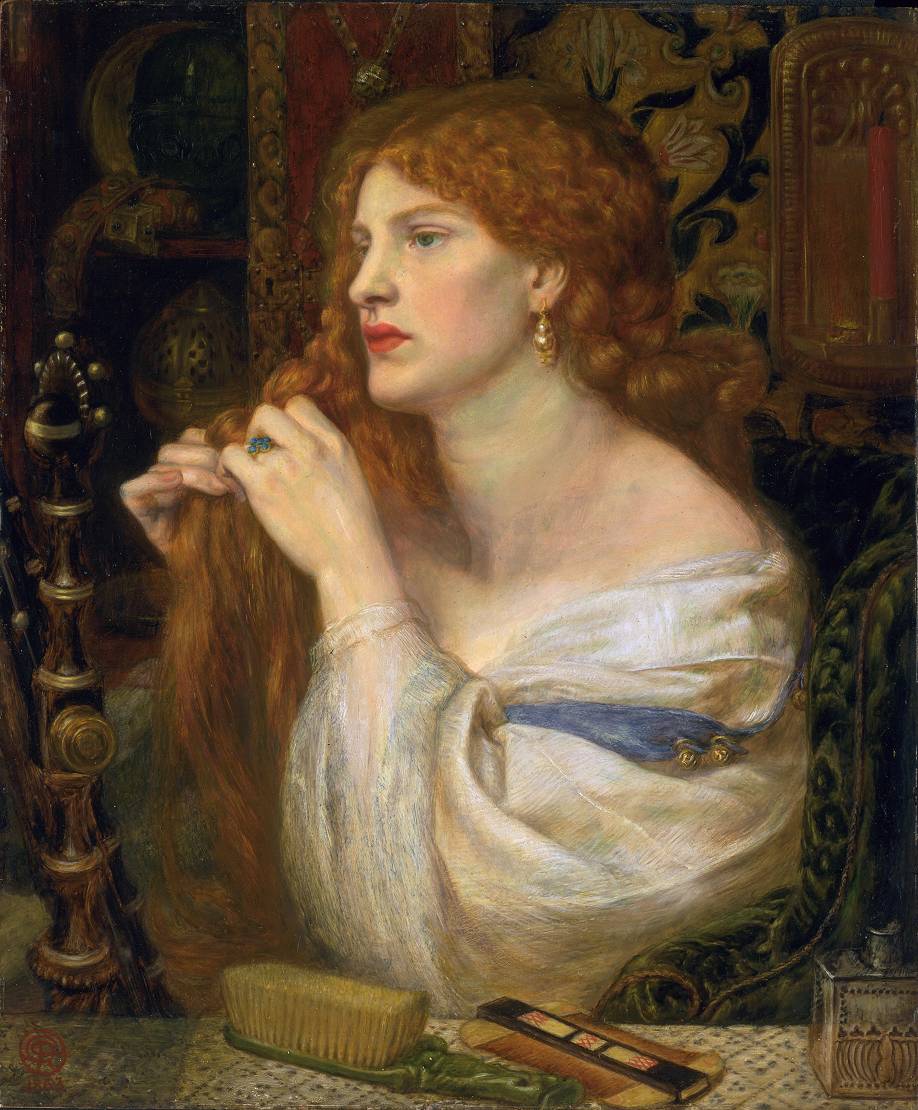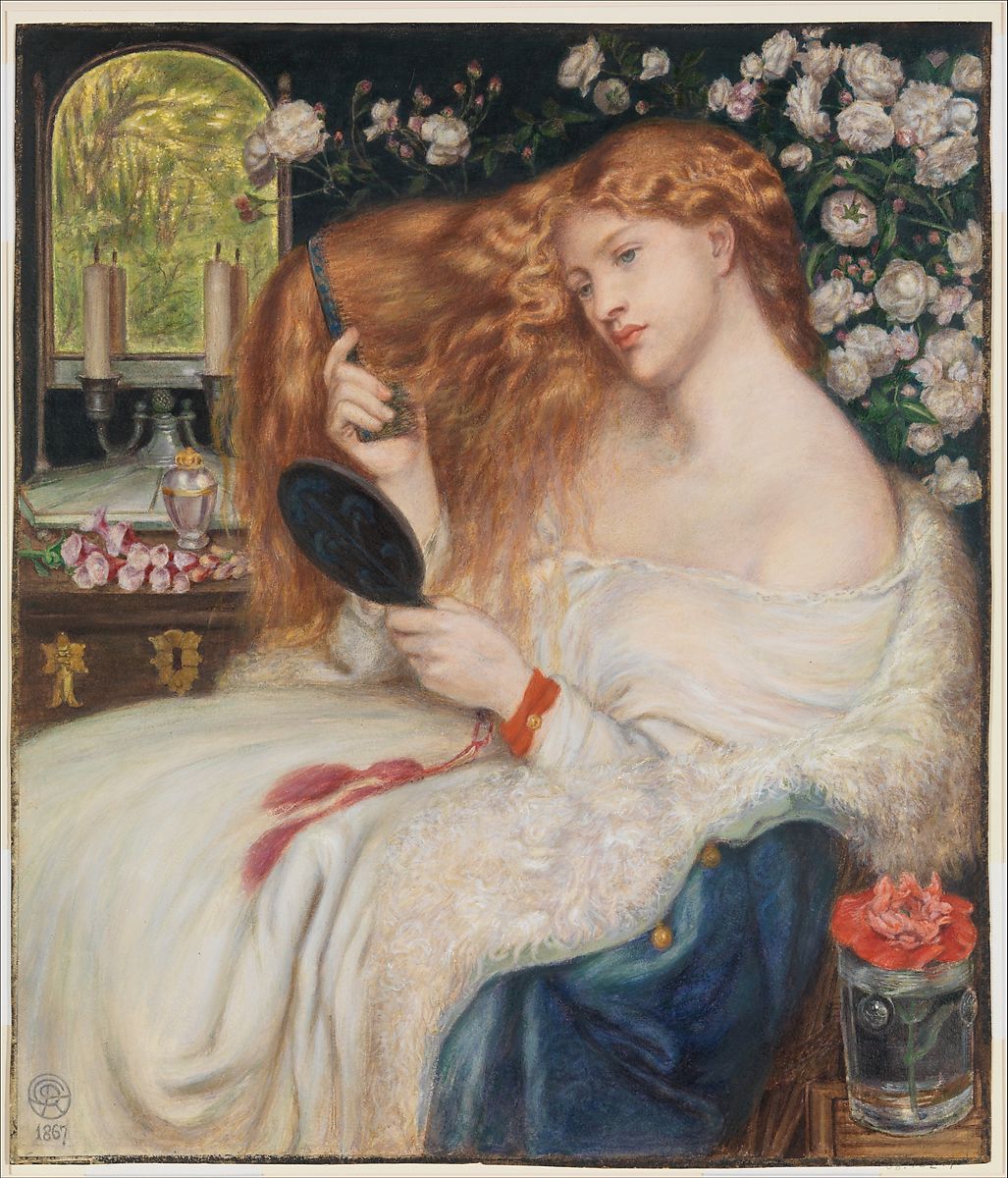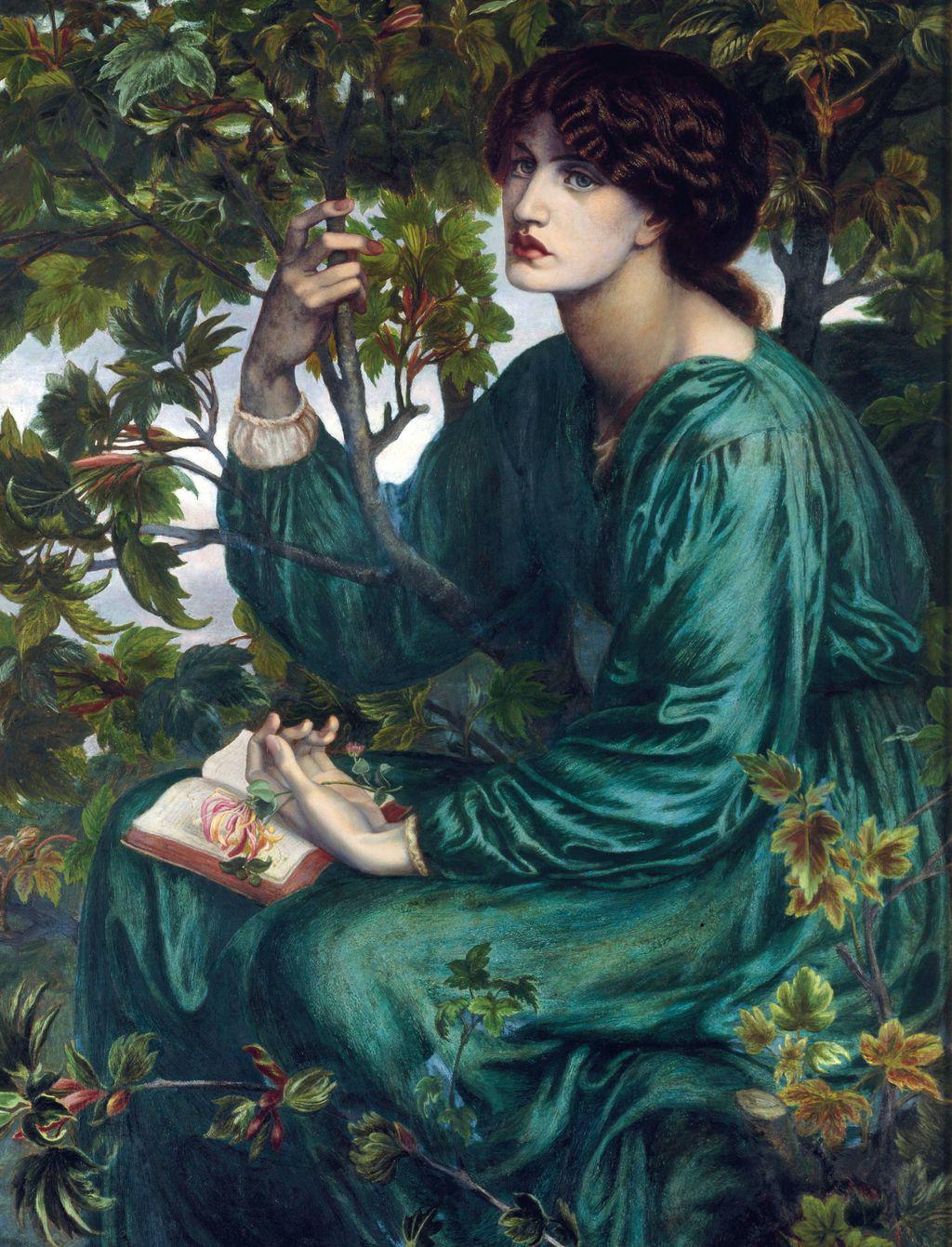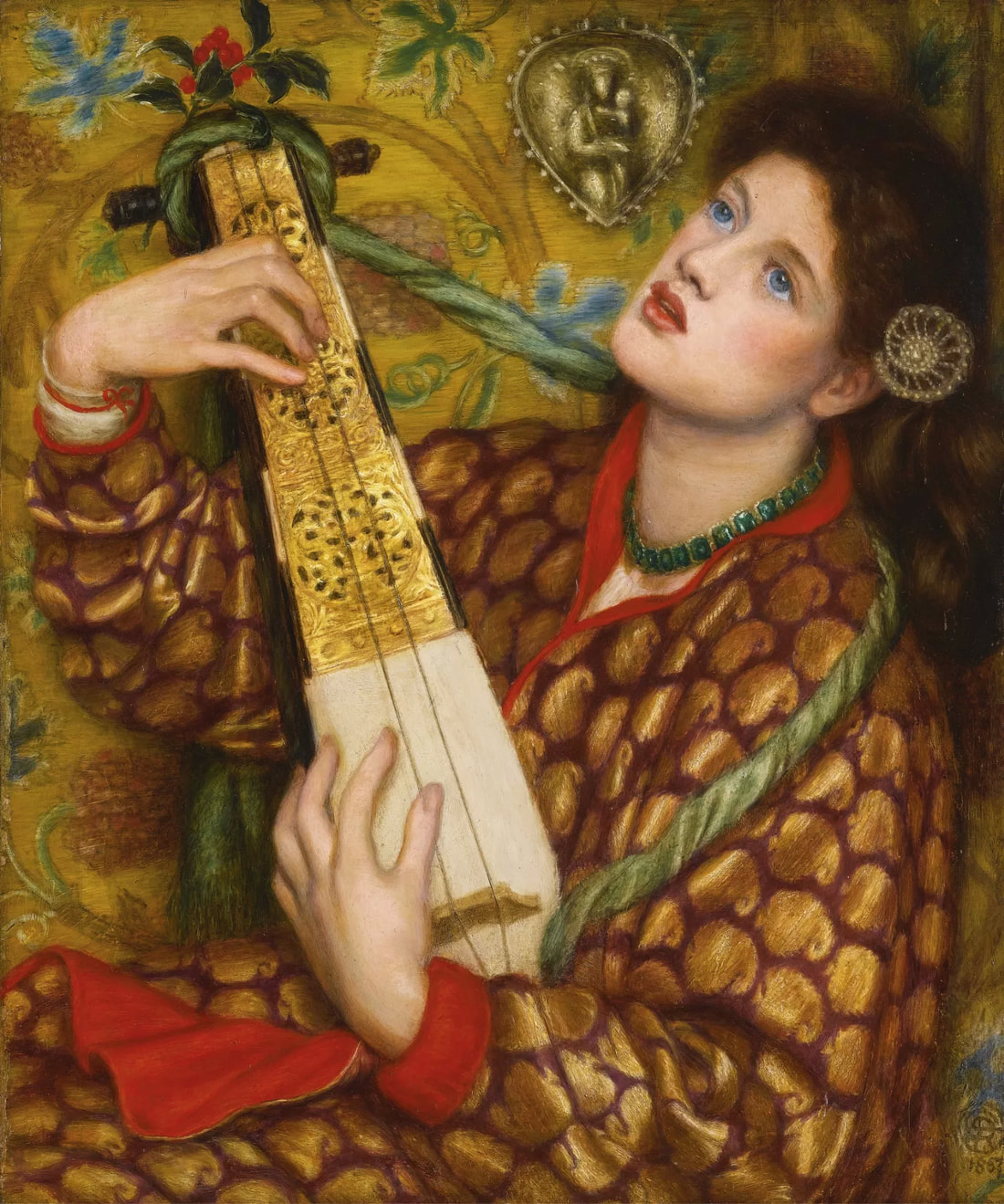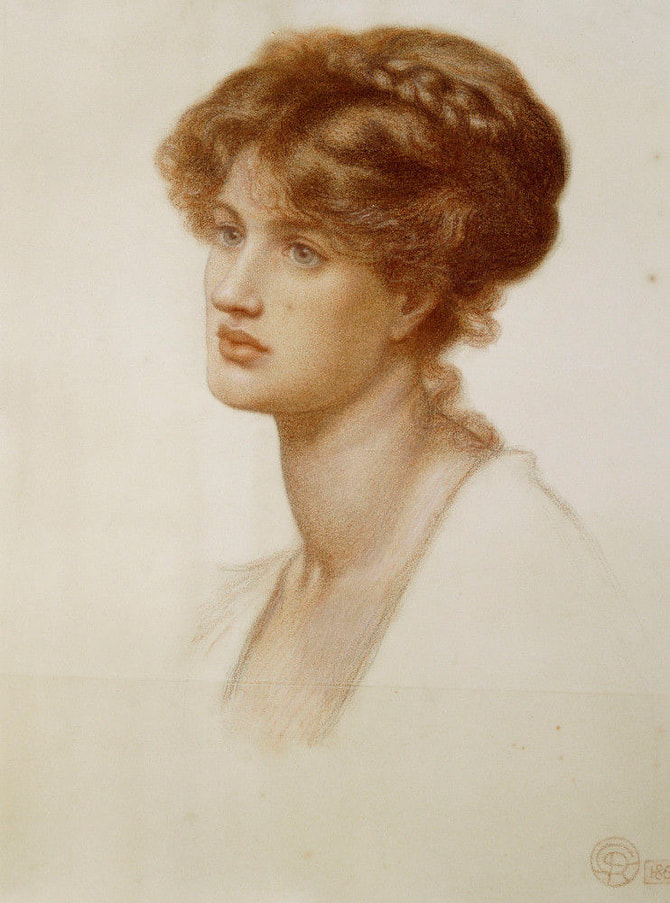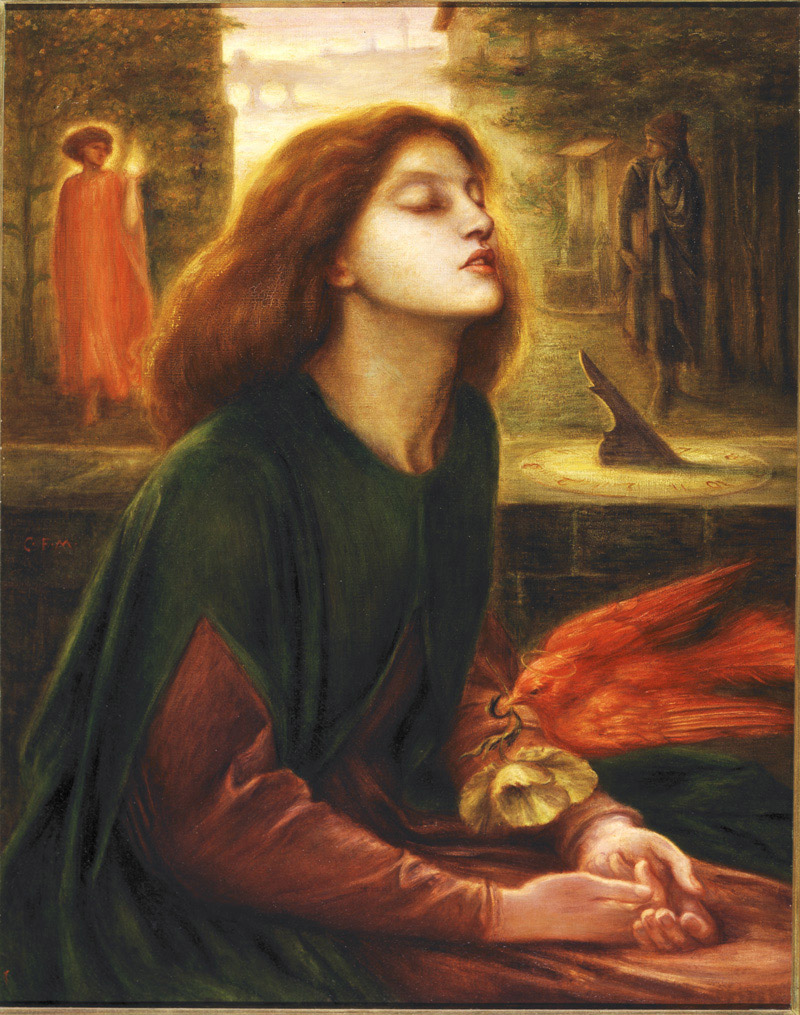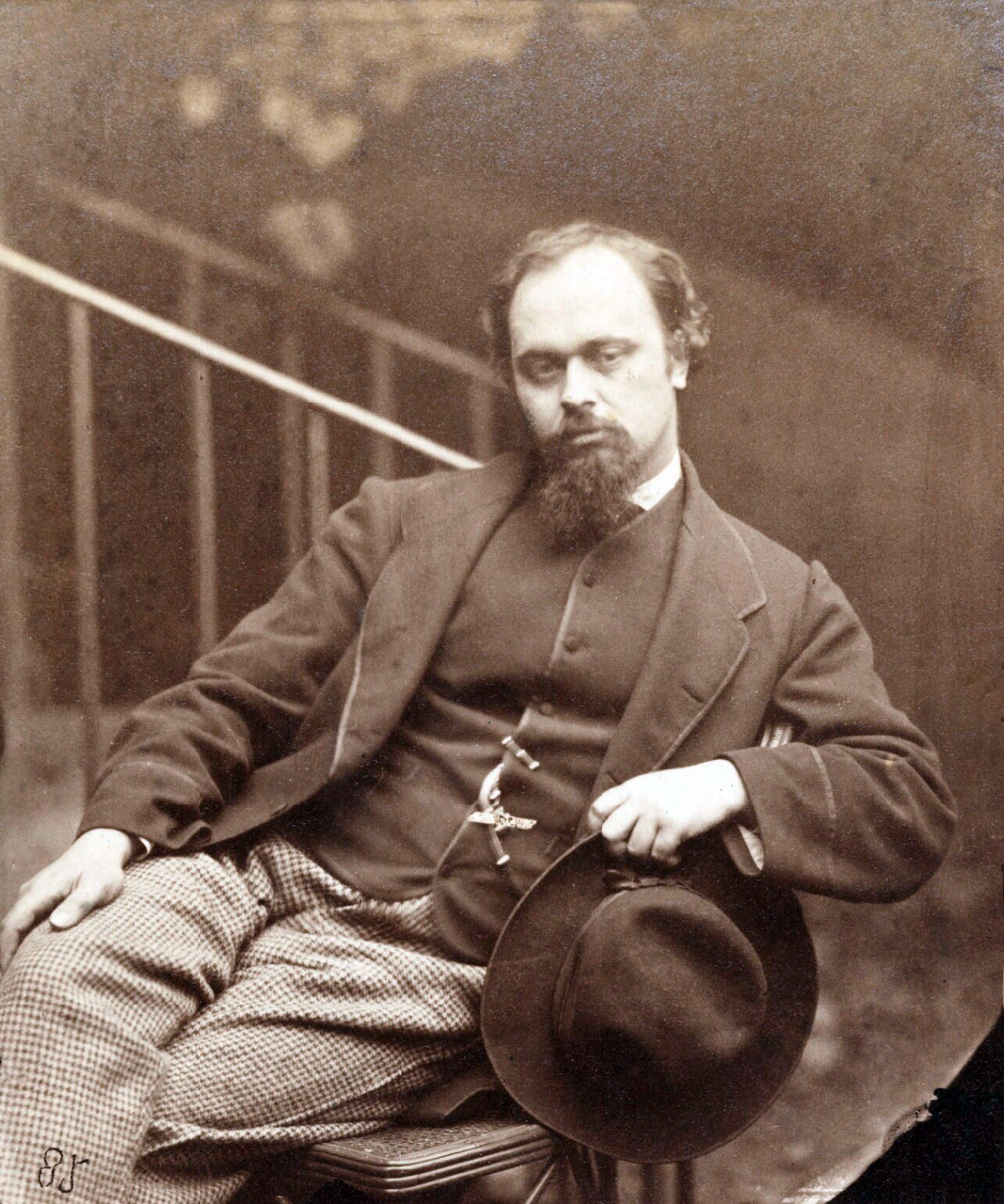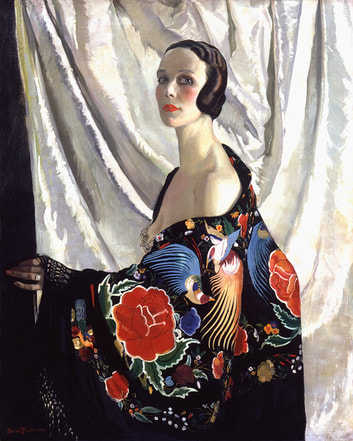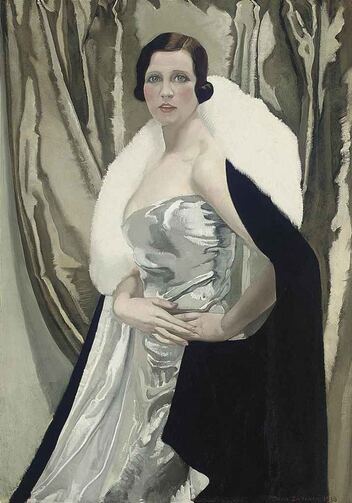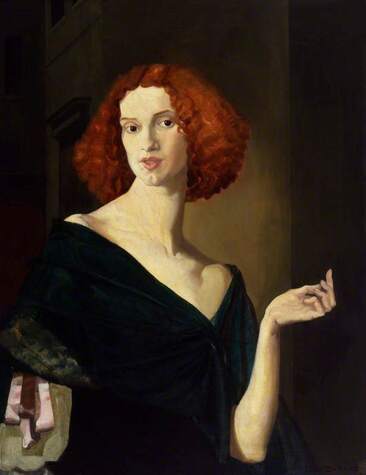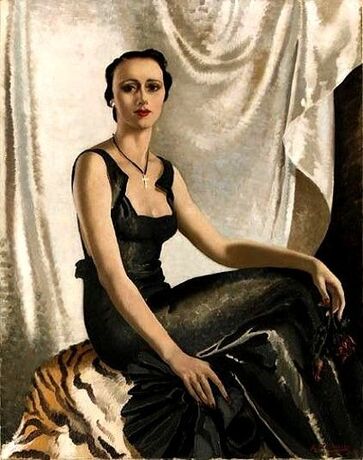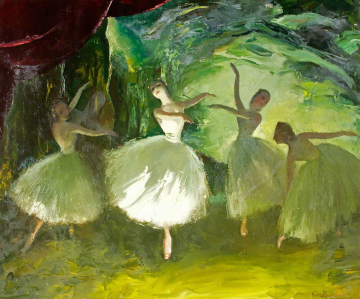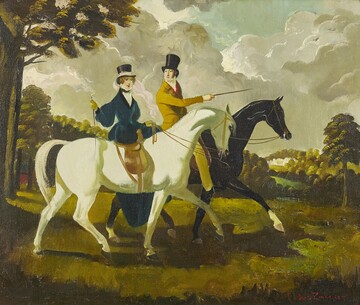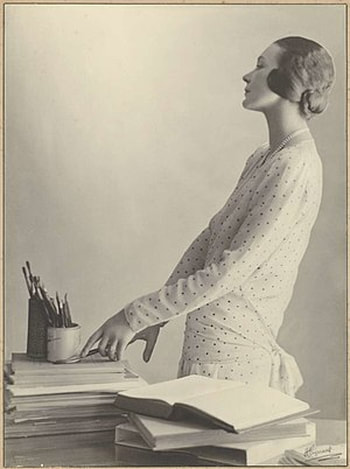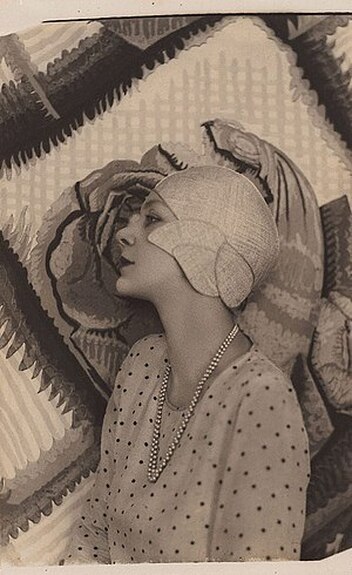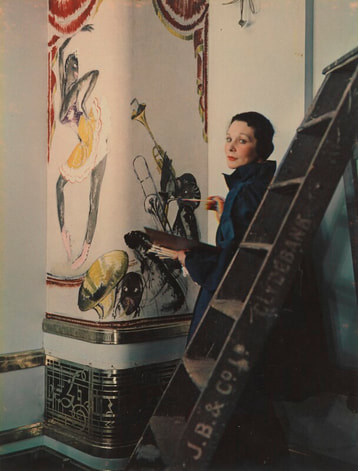|
Diana, Viscountess Norwich (née Lady Diana Olivia Winifred Maud Manners; 29 August 1892 – 16 June 1986) was an English actress and aristocrat who was a well-known social figure in London and Paris. As a young woman, she moved in a celebrated group of intellectuals known as the Coterie, most of whom were killed in the First World War. She married one of the few survivors, Duff Cooper, later British ambassador to France. After his death, she wrote three volumes of memoirs which reveal much about early 20th-century upper-class life. Lady Diana Olivia Winifred Maud Manners was born at 23A Bruton Street in Mayfair, London, on 29 August 1892. Her mother, Violet Manners(1856-1937), who was a devotee of the author George Meredith, named her daughter after the titular character in Meredith's novel Diana of the Crossways. Diana of the Crossways, novel by George Meredith, was a three-volume book published in 1885. Officially the youngest daughter of the 8th Duke of Rutland and his wife, the Duchess of Rutland, Lady Diana's biological father was the writer Harry Cust. As early as 1908, various pamphlets were being circulated by a former governess claiming that Cust fathered Diana Manners, and David Lindsay (a distant cousin of her mother) noted in his diary that the resemblance was said to be striking. Cooper herself did not become aware of this until it was casually mentioned to her at a party after she had come out into society, though "It didn’t seem to matter—I was devoted to my father and I liked Harry Cust too." In her prime, she had the widespread reputation as the most beautiful young woman in England, and appeared in countless profiles, photographs and articles in newspapers and magazines. She became active in the Coterie, an influential group of young English aristocrats and intellectuals of the 1910s whose prominence and numbers were cut short by the First World War. Some see them as people ahead of their time, precursors of the Jazz Age. Lady Diana was the most famous of the group, which included Raymond Asquith (son of H. H. Asquith, the prime minister), Patrick Shaw-Stewart, Edward Horner, Sir Denis Anson, Julian and Billy Grenfell, and Duff Cooper. Diana nurtured a love for the married Asquith, and she became close friends with both him and his wife, Katherine. His death in the First World War devastated her, and was compounded by the loss of other men in her circle. Lady Diana married Duff Cooper, one of her circle of friends' last surviving male members, in June 1919. Diana's parents had hoped that their daughter would marry the Prince of Wales(Later King Edward VIII, Duke of Windsor), and took a dim view of Duff Cooper's lack of title and wealth, and his drinking, gambling and womanising. As for Cooper, he once impulsively wrote a letter to Lady Diana, before their marriage, declaring, "I hope everyone you like better than me will die very soon." In 1918 Lady Diana became actress and played in a few films uncredited; in The Great Love she played herself in her capacity of a celebrity. She also appeared in a propaganda film for the war effort, Hearts of the World, directed by D.W. Griffith, who chose her because he thought her "the most beloved woman in England". A few years later she starred in two of the first British colour films: The Glorious Adventure (1922) and The Virgin Queen (1923); in the latter she played Queen Elizabeth I. But it was on the stage that Lady Diana Cooper finally acquired her fame. In 1924, She played Madonna in Karl Vollmoeller's play The Miracle, directed by Max Reinhardt. The play achieved outstanding international success, and she toured on and off for twelve years with the cast. In 1929, Lady Diana Cooper gave birth to her only child, John Julius Cooper, later the 2nd Viscount Norwich and known as John Julius Norwich, who became a writer and broadcaster. The Coopers were friends with Edward VIII, and were guests of his on a 1936 yacht cruise of the Adriatic which famously caused his affair with Wallis Simpson to become publicly known for the first time. Lady Diana Cooper supported her husband in his political posts, even travelling with him to the Far East in late 1941 prior to the Japanese attack on British Malaya. As Prime Minister Churchill's personal representative, Duff Cooper MP was unsuccessful in effecting a positive strategy, and he was recalled in January 1942, shortly before Singapore fell in February. In between accompanying her husband on his wartime appointments abroad, Lady Diana converted her three-acre property at Bognor Regis into a smallholding to provide her family with extra food in light of shortages and rationing. Aided by her friend Conrad Russell, she raised livestock, grew crops, practised beekeeping, and made her own butter and cheeses. She also volunteered at a YMCA canteen, and worked briefly in a workshop making camouflage nets for gunners. Between January and August 1944 the couple lived in Algiers, where Duff Cooper was appointed British Representative to the Free French Committee of National Liberation. Lady Diana focused her energies as a hostess on making an "Eden" of the couple's home for British civil servants stationed in Algiers, who were poorly housed in unheated and waterless lodgings and "had no retreats, amenities, sports or welcomes." The Coopers' home provided British personnel an outlet for rest, socializing, good food, and recreation. When Duff Cooper served from 1944 to 1948 as Britain's ambassador to France, Lady Diana Cooper's reputation became even more celebrated in France as the centre-point of immediate post-Second World War French literary culture. During this period, Lady Diana's popularity as a hostess remained undimmed, even after allegations that the embassy guest list included "pederasts and collaborators". The couple were known for maintaining an "open house" every evening where leading cultural figures and diplomats could come freely to socialize, while enjoying good food and plentiful liquor provided by the British government, both luxuries in Paris after years of wartime shortages. Following Duff Cooper's retirement in 1947, the couple continued to live in France at Chantilly. The couple's decision to remain in France was controversial because it was contrary to diplomatic protocol; their continuing popularity as social figures and hosts in Paris effectively made their home a rival British Embassy. She was a prominent guest at Le Bal Oriental hosted by Carlos de Beistegui at the Palazzo Labia in Venice in 1951. Known as the "Ball of the Century", Lady Diana dressed as Cleopatra and greeted her fellow guests, some 1,000 people, in a vestibule pageant. Duff Cooper was created Viscount Norwich in 1952, for services to the nation, but Lady Diana refused to be called Viscountess Norwich, claiming that it sounded like "porridge". Following her husband's death in 1954, Lady Diana Cooper made an announcement in The Times to this effect, stating that she had "reverted to the name and title of Lady Diana Cooper". Lady Diana sharply reduced her activities in the late 1950s but produced three volumes of memoirs: The Rainbow Comes and Goes(1958), The Light of Common Day(1959), and Trumpets from the Steep(1960). The three volumes are included in a compilation called Autobiography (ISBN 9780881841312). “First you are young; then you are middle-aged; then you are old; then you are wonderful.” In the early 1960s, Lady Diana Cooper moved from Chantilly back to London, and lived there until her death. She died at her home in Little Venice, in West London, in 1986 at the age of 93, after many years of increasing infirmity. Her body was interred within the Manners family mausoleum at Belvoir Castle. Further interestArticles: Interviews:
0 Comments
Gabriel Charles Dante Rossetti (12 May 1828 – 9 April 1882), generally known as Dante Gabriel Rossetti, was an English poet, illustrator, painter, and translator, and member of the Rossetti family. He founded the Pre-Raphaelite Brotherhood in 1848 with William Holman Hunt and John Everett Millais. Rossetti was later to be the main inspiration for a second generation of artists and writers influenced by the movement, most notably William Morris and Edward Burne-Jones. His work also influenced the European Symbolists and was a major precursor of the Aesthetic movement. Rossetti's art was characterised by its sensuality and its medieval revivalism. His early poetry was influenced by John Keats and William Blake. His later poetry was characterised by the complex interlinking of thought and feeling, especially in his sonnet sequence, The House of Life. Poetry and image are closely entwined in Rossetti's work. He frequently wrote sonnets to accompany his pictures, spanning from The Girlhood of Mary Virgin (1849) and Astarte Syriaca (1877), while also creating art to illustrate poems such as Goblin Market by the celebrated poet Christina Rossetti, his sister. Rossetti's personal life was closely linked to his work, especially his relationships with his models and muses Elizabeth Siddal (whom he married), Fanny Cornforth and Jane Morris. BiographyThe son of émigré Italian scholar Gabriele Pasquale Giuseppe Rossetti and his wife Frances Mary Lavinia Polidori, Gabriel Charles Dante Rossetti was born in London, on 12 May 1828. His family and friends called him Gabriel, but in publications he put the name Dante first in honour of Dante Alighieri. He was the brother of poet Christina Rossetti, critic William Michael Rossetti, and author Maria Francesca Rossetti. His father was a Roman Catholic, at least prior to his marriage, and his mother was an Anglican; ostensibly Gabriel was baptised as and was a practising Anglican. During his childhood, Rossetti was home educated and later attended King's College School, and often read the Bible, along with the works of Shakespeare, Dickens, Sir Walter Scott, and Lord Byron. The youthful Rossetti is described as "self-possessed, articulate, passionate and charismatic" but also "ardent, poetic and feckless". Like all his siblings, he aspired to be a poet and attended King's College School, in its original location near the Strand in London. He also wished to be a painter, having shown a great interest in Medieval Italian art. He studied at Henry Sass' Drawing Academy from 1841 to 1845, when he enrolled in the Antique School of the Royal Academy, which he left in 1848. After leaving the Royal Academy, Rossetti studied under Ford Madox Brown, with whom he retained a close relationship throughout his life. Following the exhibition of William Holman Hunt's painting The Eve of St. Agnes, which illustrated a poem by John Keats, Rossetti sought out Hunt's friendship. Rossetti's own poem, "The Blessed Damozel", was an imitation of Keats, and he believed Hunt might share his artistic and literary ideals. Together they developed the philosophy of the Pre-Raphaelite Brotherhood which they founded along with John Everett Millais. From the beginning of the Brotherhood's formation in 1848, the group's intention was to reform English art by rejecting what they considered to be the mechanistic approach first adopted by the Mannerist artists who succeeded Raphael and Michelangelo and the formal training regime introduced by Sir Joshua Reynolds. Their approach was to return to the abundant detail, intense colours, and complex compositions of Quattrocento Italian and Flemish art, and their pieces of art included subjects of noble or religious disposition. The eminent critic John Ruskin wrote: Every Pre-Raphaelite landscape background is painted to the last touch, in the open air, from the thing itself. Every Pre-Raphaelite figure, however studied in expression, is a true portrait of some living person. For the first issue of the brotherhood's magazine, The Germ, published early in 1850, Rossetti contributed a poem, "The Blessed Damozel", and a story about a fictional early Italian artist inspired by a vision of a woman who bids him combine the human and the divine in his art. Rossetti was always more interested in the medieval than in the modern side of the movement, working on translations of Dante and other medieval Italian poets, and adopting the stylistic characteristics of the early Italians. Rossetti's first major paintings in oil display the realist qualities of the early Pre-Raphaelite movement. His Girlhood of Mary Virgin (1849) and Ecce Ancilla Domini (1850) portray Mary as a teenage girl. In The Girlhood of Mary Virgin, finished in 1849, the subject of the painting, the Blessed Virgin, is sewing a red cloth, emphasizing the embroidering of altar cloths by women. After his second major painting Ecce Ancilla Domini, exhibited in 1850, was criticized unfavorably, Rossetti turned to watercolours, which could be sold privately. Although his work subsequently won support from John Ruskin, Rossetti only rarely exhibited thereafter. In 1850, Rossetti met Elizabeth Siddal, an important model for the Pre-Raphaelite painters. Over the next decade, she became his muse, his pupil, and his passion. They were married in 1860. For many years, Rossetti worked on English translations of Italian poetry including Dante Alighieri's La Vita Nuova (published as The Early Italian Poets in 1861). These and Sir Thomas Malory's Le Morte d'Arthur inspired his art of the 1850s. He created a method of painting in watercolours, using thick pigments mixed with gum to give rich effects similar to medieval illuminations. He also developed a novel drawing technique in pen-and-ink. His first published illustration was "The Maids of Elfen-Mere" (1855), for a poem by his friend William Allingham, His visions of Arthurian romance and medieval design also inspired William Morris and Edward Burne-Jones. Neither Burne-Jones nor Morris knew Rossetti, but were much influenced by his works, and met him by recruiting him as a contributor to their Oxford and Cambridge Magazine which Morris founded in 1856 to promote his ideas about art and poetry. That summer Morris and Rossetti visited Oxford and finding the Oxford Union debating-hall under construction, pursued a commission to paint the upper walls with scenes from Le Morte d'Arthur and to decorate the roof between the open timbers. Rossetti recruited two sisters, Bessie and Jane Burden, as models for the Oxford Union murals, and Jane became Morris's wife in 1859. The frescoes, done too soon and too fast, began to fade at once and now are barely decipherable. Literature was integrated into the Pre-Raphaelite Brotherhood's artistic practice from the beginning (including that of Rossetti), with many paintings making direct literary references. For example, John Everett Millais' early work, Isabella (1849), depicts an episode from John Keats' Isabella, or, the Pot of Basil (1818). Rossetti was particularly critical of the gaudy ornamentation of Victorian gift books and sought to refine bindings and illustrations to align with the principles of the Aesthetic Movement. Rossetti's key bindings were designed between 1861 and 1871. One of Rossetti's most prominent contributions to illustration was the collaborative book, Edward Moxon's 1857 edition of Poems by Alfred, Lord Tennyson. The Pre-Raphaelites’ visualization of Tennyson's poems indicated the range of possibilities in interpreting written works, as did their unique approach to visualizing narrative on the canvas. Pre-Raphaelite illustrations do not simply refer to the text in which they appear; rather, they are part of a bigger program of art: the book as a whole. Illustration is not subservient to text and vice versa. Careful and conscientious craftsmanship is practiced in every aspect of production, and each element, though qualifiedly artistic in its own right, contributes to a unified art object (the book). Around 1860, Rossetti returned to oil painting, abandoning the dense medieval compositions of the 1850s in favour of powerful close-up images of women in flat pictorial spaces characterised by dense colour. These paintings became a major influence on the development of the European Symbolist movement. In them, Rossetti's depiction of women became almost obsessively stylised. He portrayed his new lover Fanny Cornforth as the epitome of physical eroticism, whilst Jane Burden, the wife of his business partner William Morris, was glamorised as an ethereal goddess. "These new works were based not on medievalism, but on the Italian High Renaissance artists of Venice, Titian and Veronese. In 1861, Rossetti became a founding partner in the decorative arts firm, Morris, Marshall, Faulkner & Co. with Morris, Burne-Jones, Ford Madox Brown, Philip Webb, Charles Faulkner and Peter Paul Marshall. Rossetti contributed designs for stained glass and other decorative objects. Rossetti's wife, Elizabeth, died of an overdose of laudanum in 1862, possibly a suicide, shortly after giving birth to a stillborn child. Rossetti became increasingly depressed, and on the death of his beloved Lizzie, buried the bulk of his unpublished poems with her at Highgate Cemetery, though he later had them dug up. He idealised her image as Dante's Beatrice in a number of paintings, such as Beata Beatrix. The savage reaction of critics to Rossetti's first collection of poetry contributed to a mental breakdown in June 1872. The next summer he was much improved, and both Alexa Wilding and Jane Morris sat for him at Kelmscott, where he created a soulful series of dream-like portraits. In 1874, Morris reorganised his decorative arts firm, cutting Rossetti out of the business, and the polite fiction that both men were in residence with Jane Morris at Kelmscott could not be maintained. Rossetti abruptly left Kelmscott in July 1874 and never returned.
Toward the end of his life, he sank into a morbid state, darkened by his drug addiction to chloral hydrate and increasing mental instability. He spent his last years as a recluse at Cheyne Walk. Rossetti's incomplete picture Found, begun in 1853 and unfinished at his death, was his only major modern-life subject. It depicted a prostitute, lifted from the street by a country drover who recognises his old sweetheart. On Easter Sunday, 1882, he died at the country house of a friend, where he had gone in a vain attempt to recover his health, which had been destroyed by chloral as his wife's had been destroyed by laudanum. He died of Bright's Disease, a disease of the kidneys from which he had been suffering for some time. He had been housebound for some years on account of paralysis of the legs, though his chloral addiction is believed to have been a means of alleviating pain from a botched hydrocele removal. He had been suffering from alcohol psychosis for some time brought on by the excessive amounts of whisky he used to drown out the bitter taste of the chloral hydrate. He is buried in the churchyard of All Saints at Birchington-on-Sea, Kent, England. Doris Clare Zinkeisen (31 July 1898 – 3 January 1991) was a Scottish theatrical stage and costume designer, painter, commercial artist, and writer. She was best known for her work in theatrical design. BiographyDoris Zinkeisen was born in Clynder House in Rosneath, Argyll, Scotland. her father Victor Zinkeisen was a timber merchant and amateur artist from Glasgo whose family were originally from Bohemia and had been settled in Scotland for two hundred years. She had a younger sister, Anna Zinkeisen, who also became an artist.The family left Scotland and moved to Pinner, near Harrow in 1909. Zinkeisen attended the Harrow School of Art for four years and won a scholarship to the Royal Academy Schools in 1917 together with her sister Anna. During World War I Zinkeisen served as a Voluntary Aid Detachment at a hospital in Northwood, Middlesex. Zinkeisen shared a studio in London with her sister during the 1920s and 1930s from where she embarked on her career as a painter, commercial artist, and theatrical designer. Zinkeisen's realist style made her popular as a portraitist and she became a well-known society painter. The subject matter of her paintings, society portraiture, equestrian portraiture, and scenes from the parks of London and Paris reflect the lifestyle of the upper class at the time. An early success was her 1925 portrait of the actor Elsa Lanchester. She also worked widely in other media as an illustrator and commercial artist including producing advertising posters for several British mainline railway companies and murals for the RMS Queen Mary. Zinkeisen produced a number of posters for London and North Eastern Railway (LNER), Southern Railway (SR), and the London, Midland and Scottish Railway (LMS) in the 1930s which often featured historical themes. In 1935, John Brown and Company Shipbuilders of Clydebank commissioned both of the Zinkeisen sisters to paint the murals in the Verandah Grill, a restaurant and night-club on the ocean liner the RMS Queen Mary. The murals, on the theme of entertainment, depicted circus and theatre scenes and can still be seen on the ship, now permanently moored in Long Beach, California. Zinkeisen was also involved in planning the interior decoration which featured a parquet dance floor surrounded by black Wilton carpets, star-studded red velvet curtains and a sweeping illuminated balustrade whose colours changed in time with the music. Writing in Vogue in 1936, Cecil Beaton described the Verandah Grill as 'By far the prettiest room on any ship – becomingly lit, gay in colour and obviously so successful that it would be crowded if twice its present size'. The largest mural was damaged during World War II and restored by Zinkeisen after the war. The Zinkeisen sisters also contributed murals to the RMS Queen Elizabeth in 1940. During World War II, Zinkeisen joined the St John Ambulance Brigade and worked as a nurse in London. She worked in the casualty department in St Mary's Hospital, Paddington. Zinkeisen worked in the casualty department in the mornings and painted in the afternoons, recording the events of the day. In 1944, Doris and her sister Anna were commissioned by United Steel Companies (USC) to produce twelve paintings that were reproduced in the trade and technical press in Britain, Canada, Australia and South Africa. The images were subsequently collated in a book, This Present Age, published in 1946. Following the liberation of Europe in 1945, Zinkeisen was commissioned by the War Artists' Advisory Committee as a war artist for the North West Europe Commission of the Joint War Organisation of the British Red Cross Society and the Order of St John (JWO). Based in Brussels at the commission's headquarters she recorded the commission's post-war relief work in north west Europe including the rehabilitation and repatriation of prisoners of war and civilian internees. Zinkeisen traveled by lorry or by air throughout north-west Europe making sketches which she brought back to her studio in the commission's headquarters for further work. By the time Zinkeisen had become a war artist her palette had already darkened from the colours of her society paintings. Her war paintings use muted greys, browns, and ochres like contemporaries such as Eric Ravilious and Stanley Spencer. Despite her success as a painter and commercial artist she was best known as a theatrical designer. And Zinkeisen was a successful stage and costume designer for plays and films. She started to work in stage design as soon as she completed her studies at the Royal Academy. Her first job was working for the actor-manager Nigel Playfair. Playfair wanted Zinkeisen to sing in the productions, but Zinkeisen insisted on remaining behind the scenes. One of the first plays she worked on was Clifford Bax and Playfair's 1923 adaptation of The Insect Play. Claude Rains who played three roles in the play described Zinkeisen as "a stunning women". In 1922, while working with Nigel Playfair, Zinkeisen met James Whale. The two were considered a couple for some two years, despite Whale's living as an openly gay man. The couple was reportedly engaged in 1924 but by 1925 the engagement was off. Zinkeisen married Edward Grahame Johnstone, a naval officer in 1927, and they had twin daughters in June 1928 Janet and Anne Grahame Johnstone, who would become children's book illustrators, and a son Murray Johnstone who would become a fine horsewoman and won the Moscow Cup at the International Horse Show in 1934. Zinkeisen became the chief stage and costume designer for Charles B. Cochran's popular London revues. Cochran described her work in an article published in The Studio magazine in 1927. Miss Doris Zinkeisen seems to me to follow the best traditions of English theatrical decoration... She can now create costumes for all moods and times, and capture with equal facility the acid fervour of puritanism or the sweet lyricism of a faun... this young decorator, at her early age is, in my opinion, in the front rank of British designers. — Charles B. Cochran, The Studio (1927) In 1928, Zinkeisen designed the costumes for This Year of Grace by Noël Coward at the London Pavilion. In 1933, Zinkeison designed the decor and costumes for Cochran's production of Cole Porter's musical Nymph Errant at the Adelphi Theatre in London. The décolletage formed by the low cut design of one of the costumes resulted in a strike by the chorus against the perceived indecency of the costume. During the Second World War, she designed costumes and sets for the Old Vic Company productions of Arms and the Man and Richard III at the New Theatre. Zinkeisen was a costume designer on a number of Herbert Wilcox films, including the film version of Noël Coward's operetta Bitter Sweet (1933), The Little Damozel, which included a nearly transparent dress. Wilcox's 1932 film The Blue Danube was based on a short story by Zinkeisen. British-born director James Whale specifically requested Zinkeisen to design the costumes for the only American film she ever worked on, the 1936 screen version of the musical Show Boat. It remains today the most popular and highly regarded film that Zinkeisen worked on. In 1938 she wrote Designing for the Stage, a book regarded by Sue Harper, Professor of Film History, as an "influential innovation". After the war, Zinkeisen continued to work in London as a theatrical designer and held occasional exhibitions of her paintings. She designed the cover of a special edition of Everybody's Magazine to celebrate the coronation of Queen Elizabeth II in June 1953. In 1954, Zinkeisen designed the scenery and costumes for Noël Coward's musical, After the Ball, based on Oscar Wilde's play, Lady Windermere's Fan. In 1955, Zinkeisen created Laurence Olivier's make-up for the film version of Richard III. After the death of her husband Grahame Johnstone in 1946, Zinkeisen's twin girls Janet and Anne Grahame Johnstone lived with their mother. Zinkeisen outlived her daughter Janet who died in an accident in 1979. Doris Zinkeisen died on 3 January 1991, in Badingham, Suffolk, aged 92. Further interestBooks
|
Categories
All
Archives
December 2023
|
